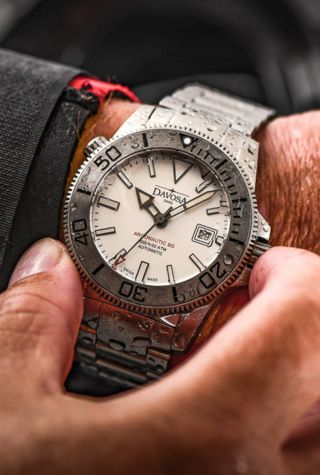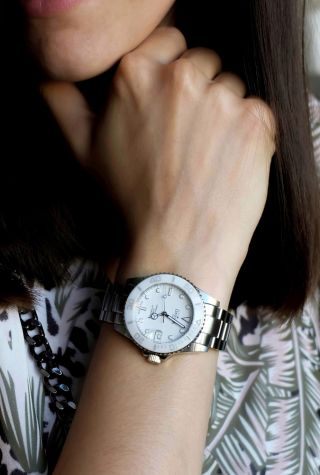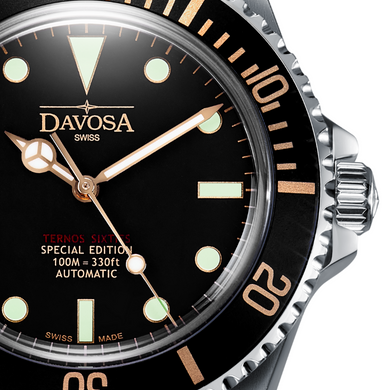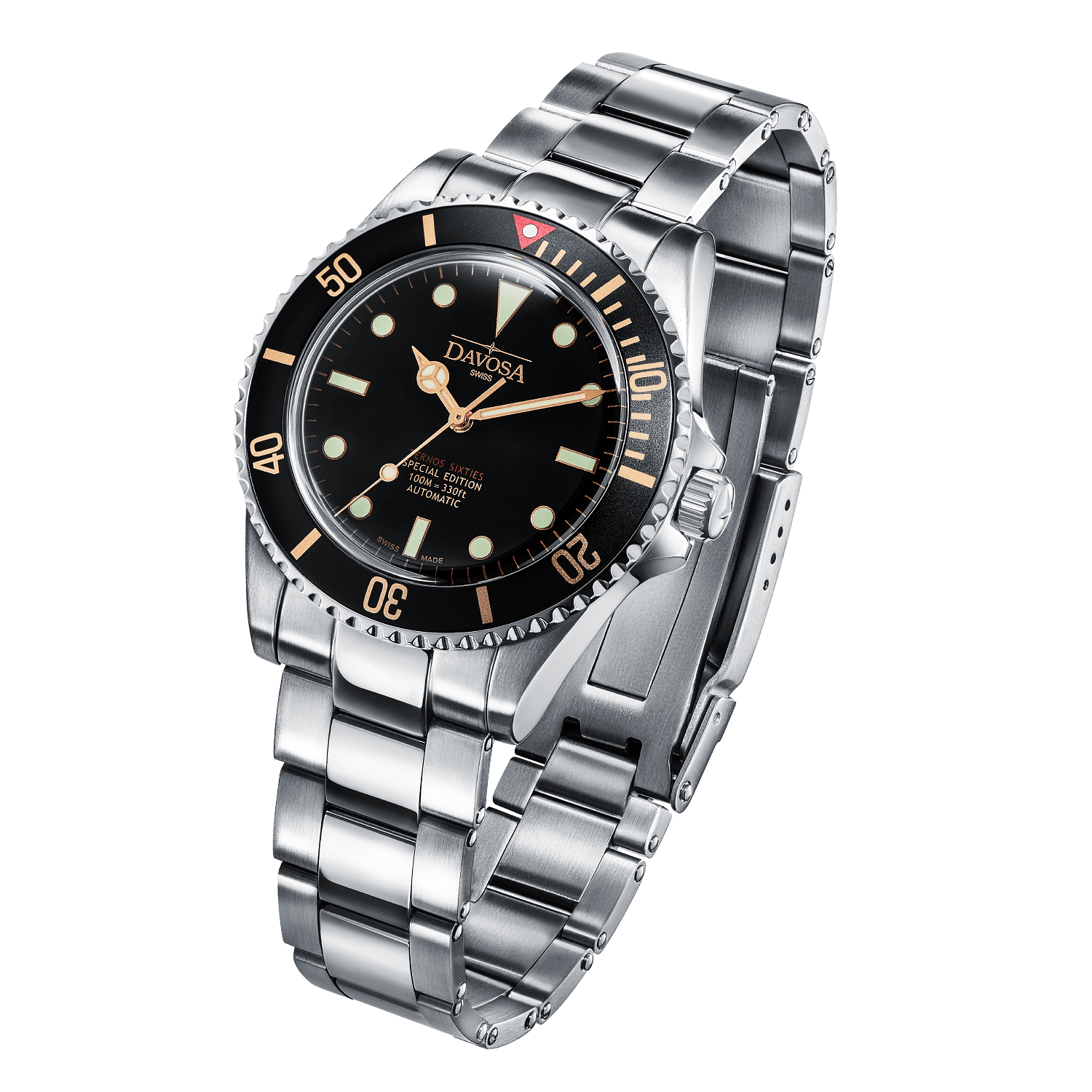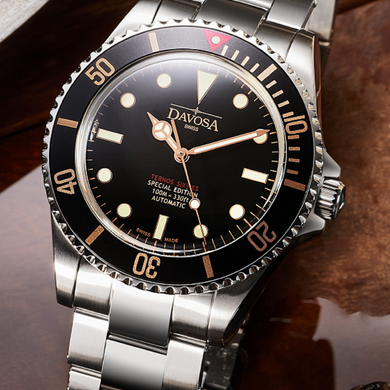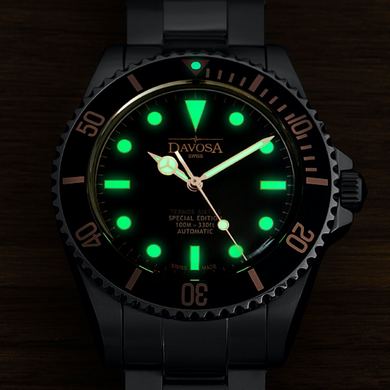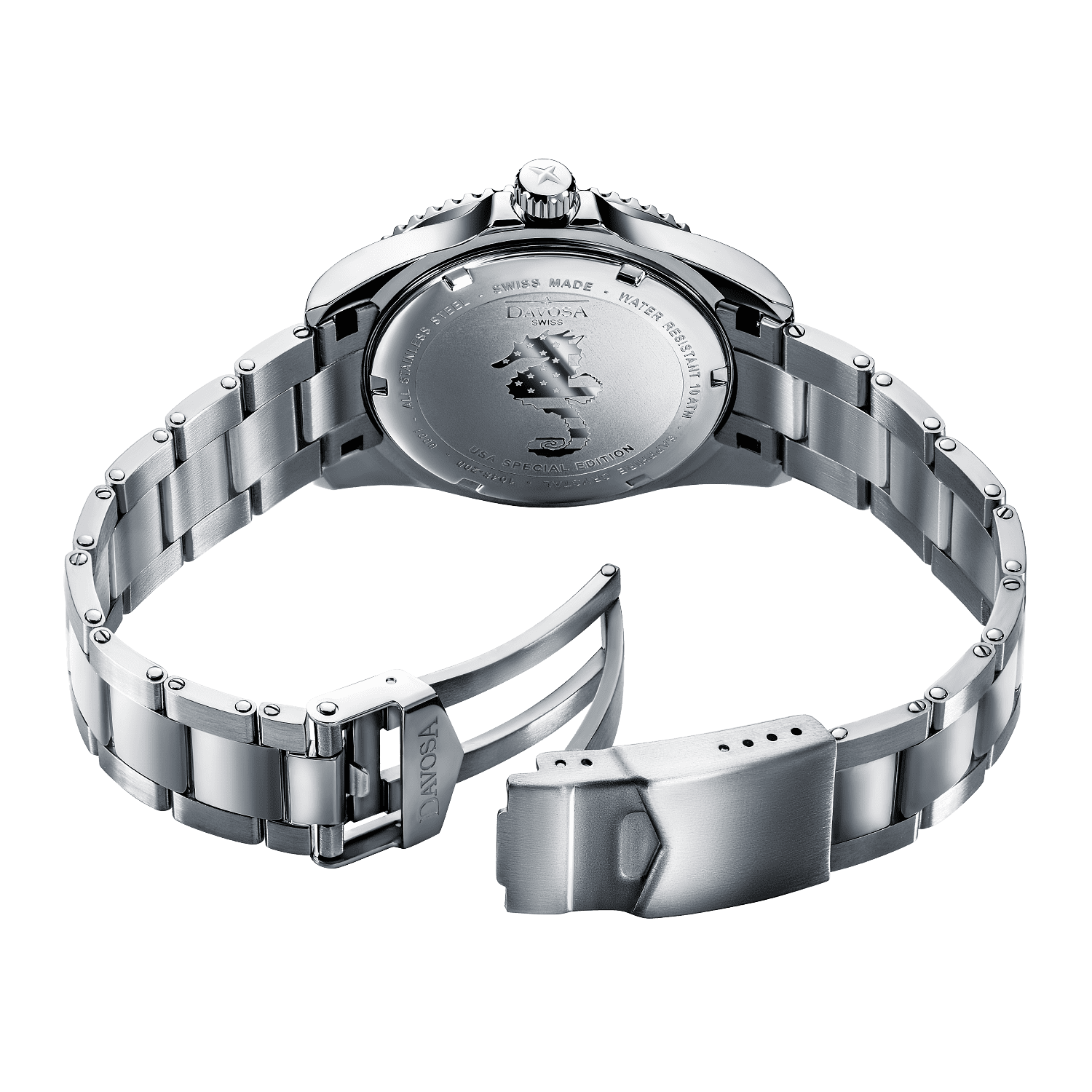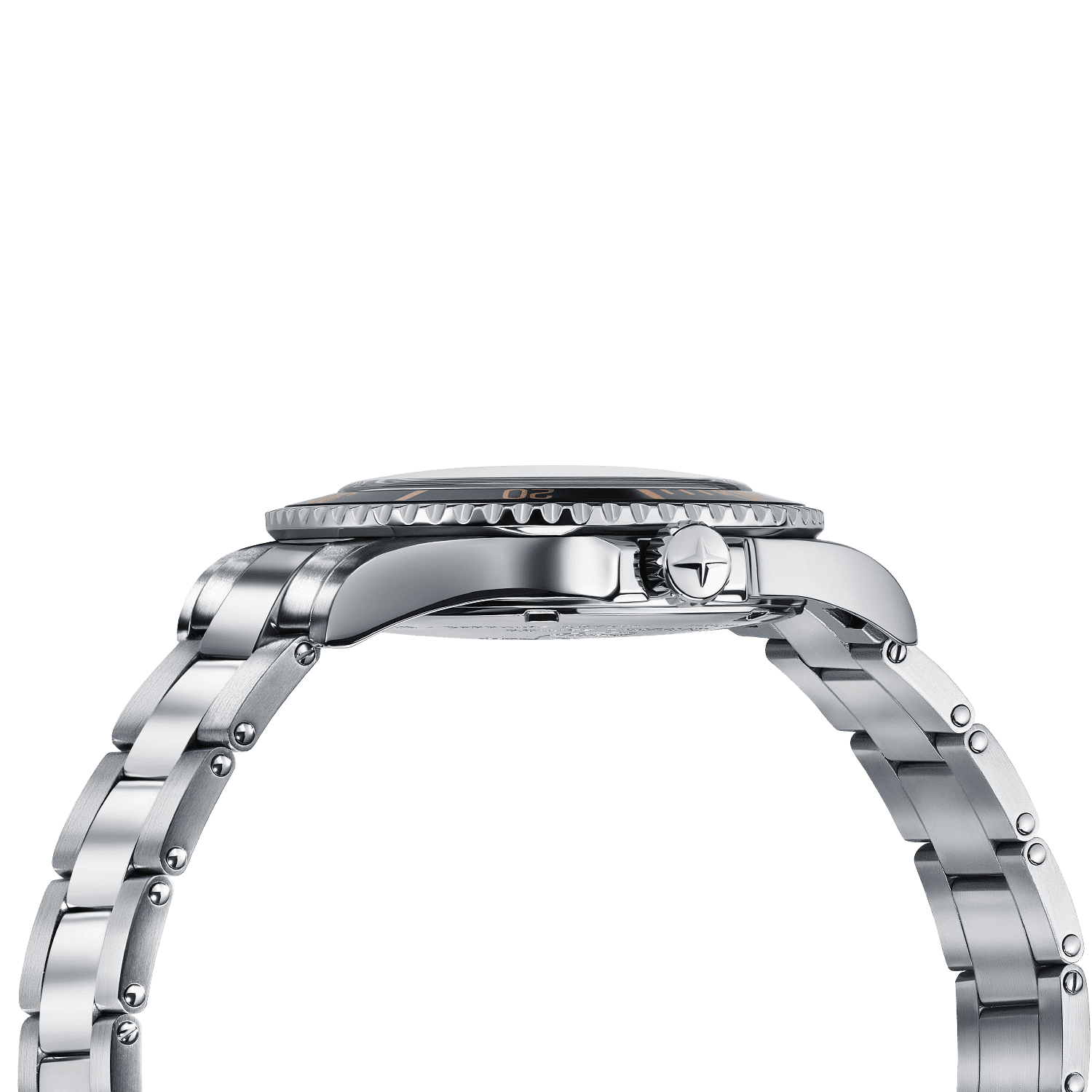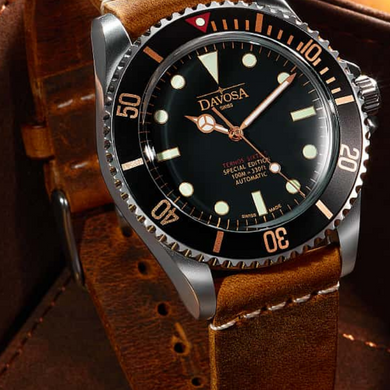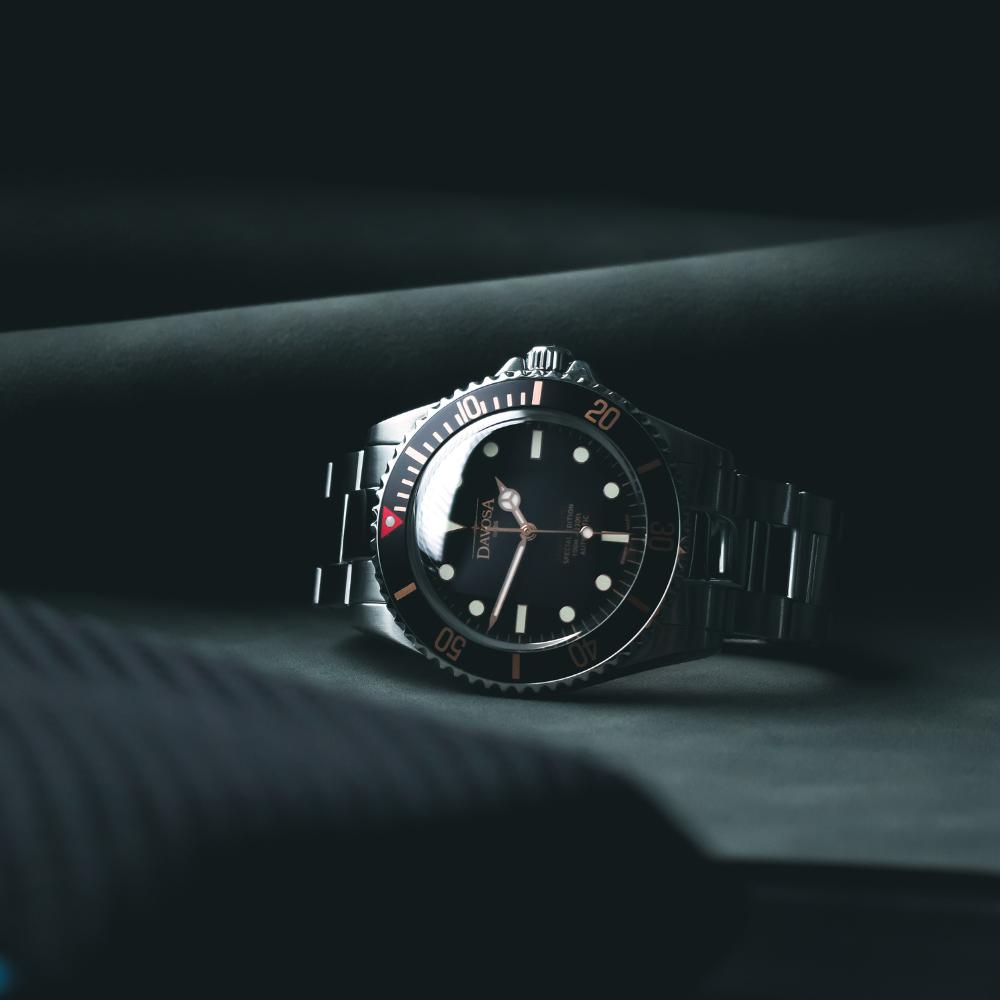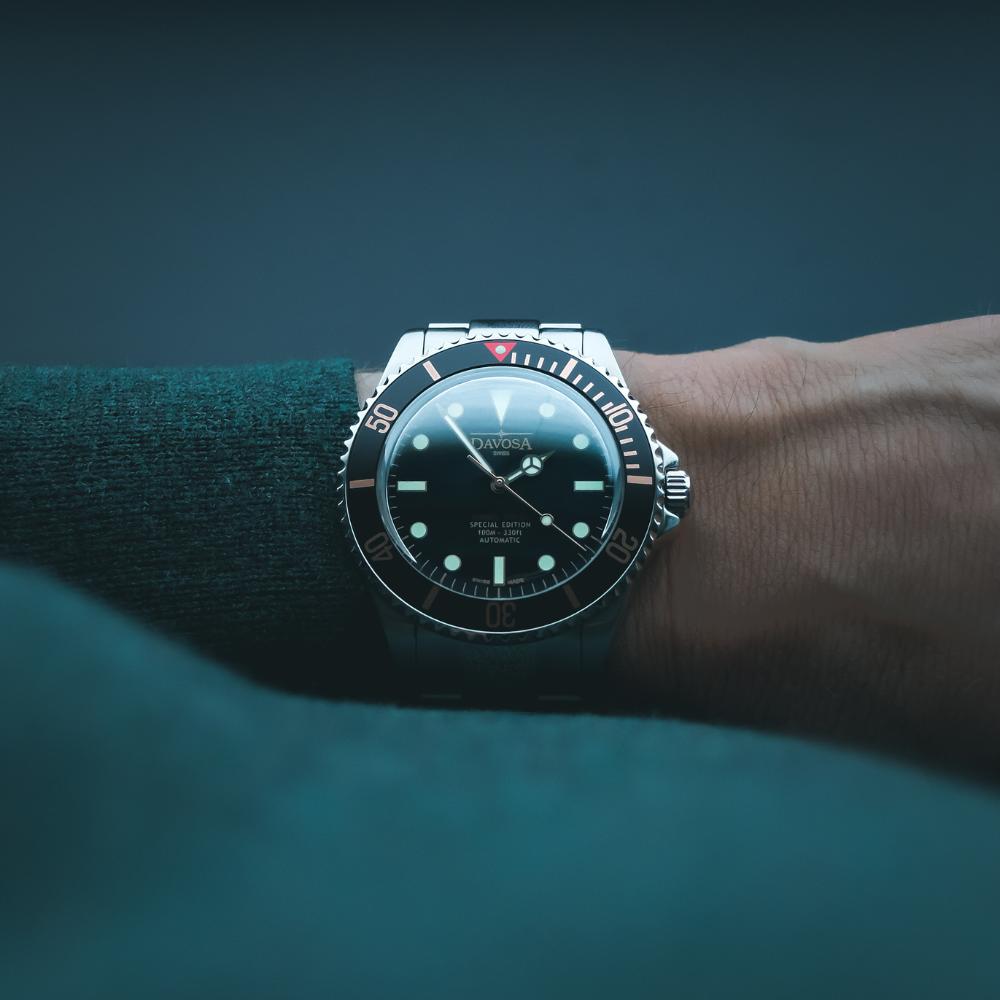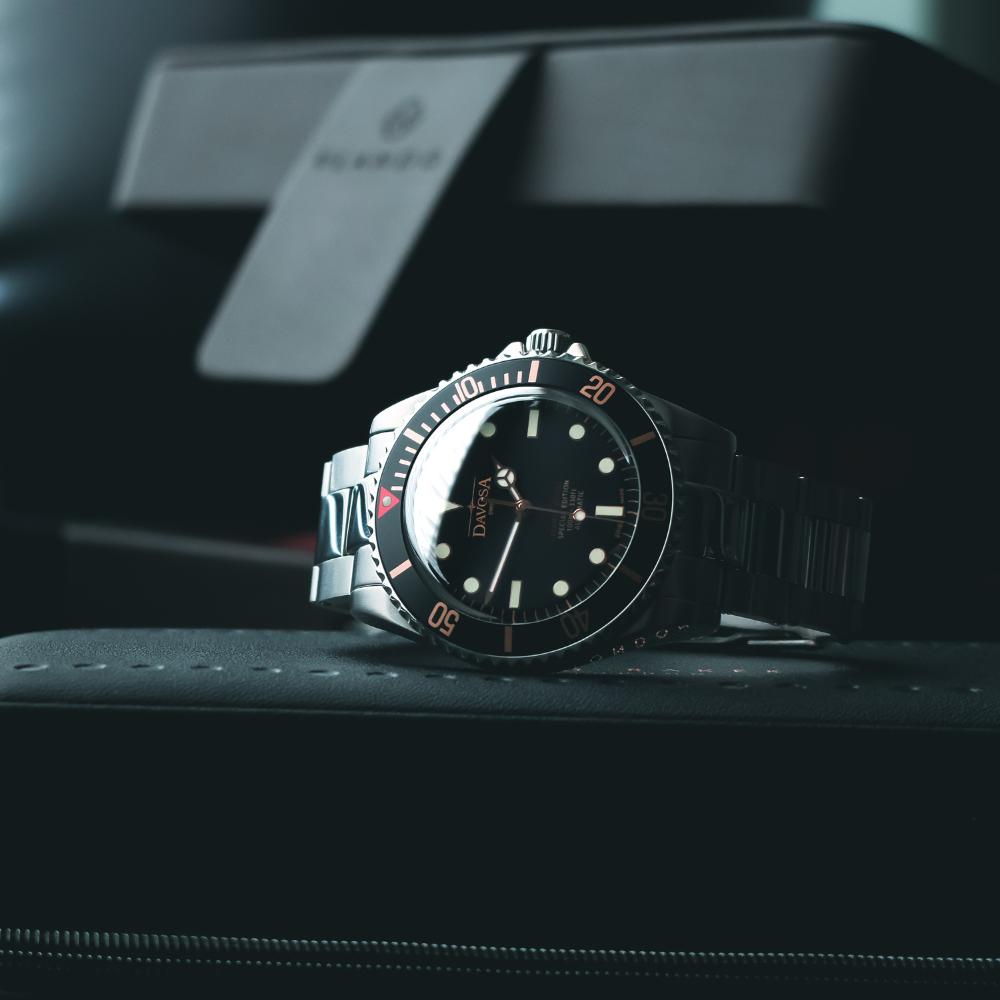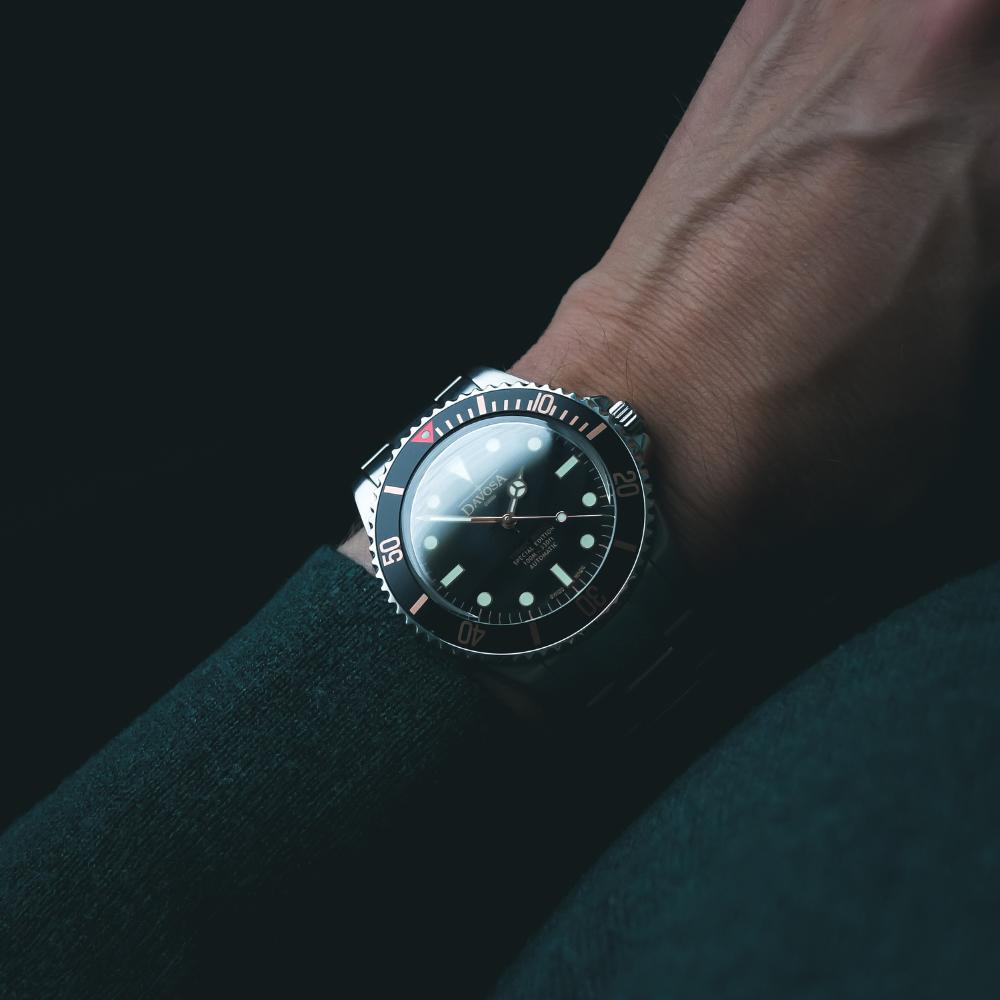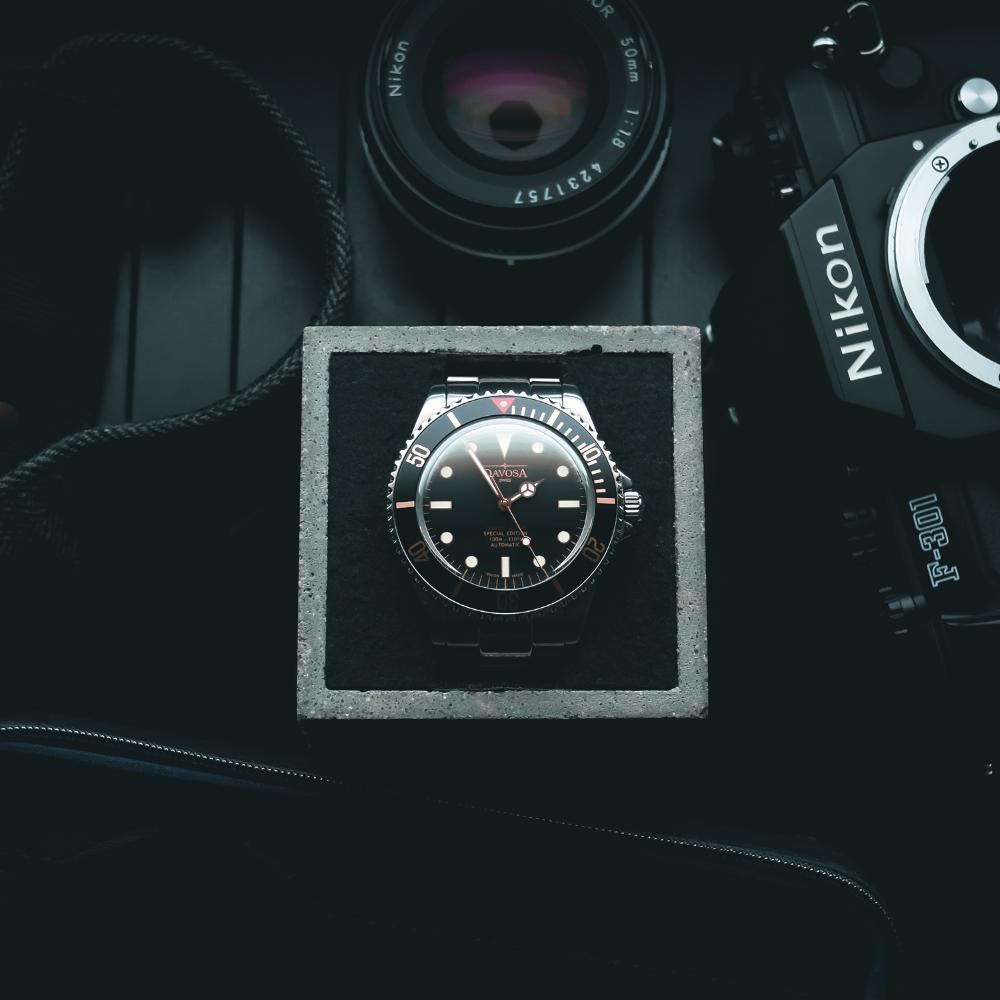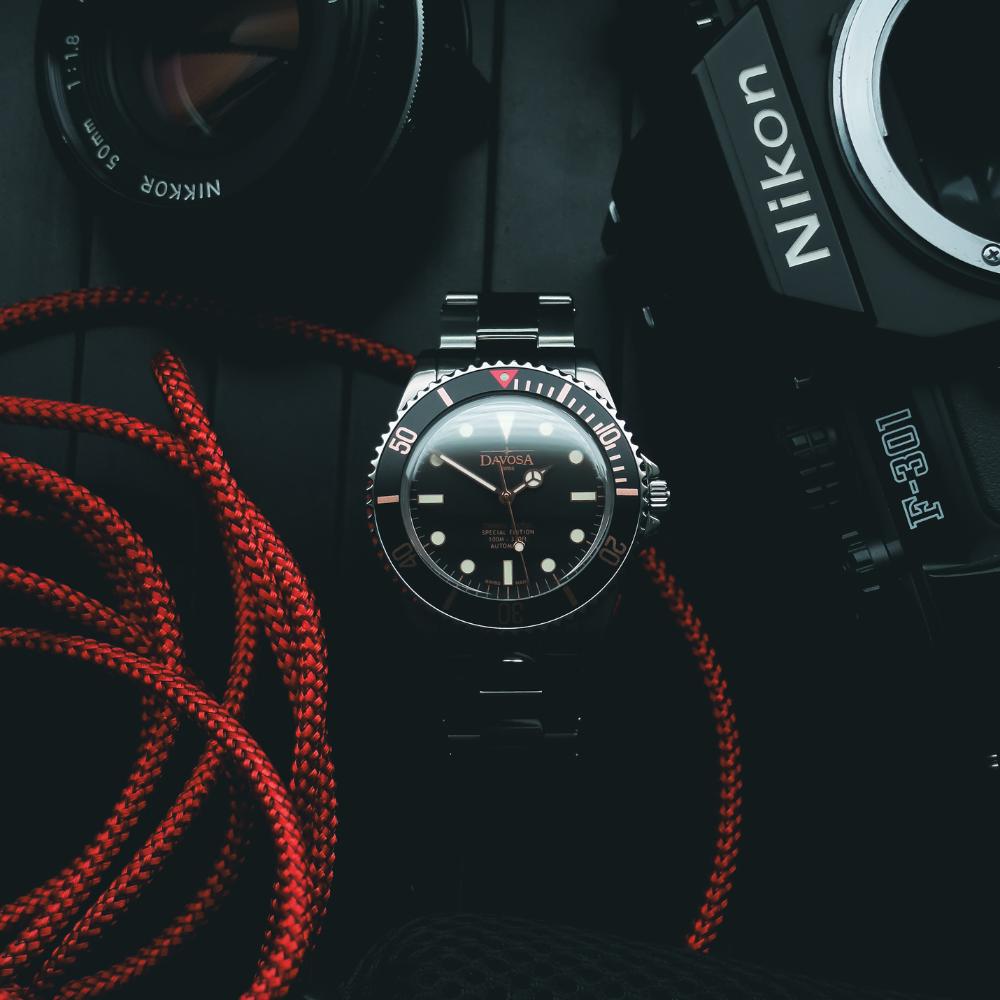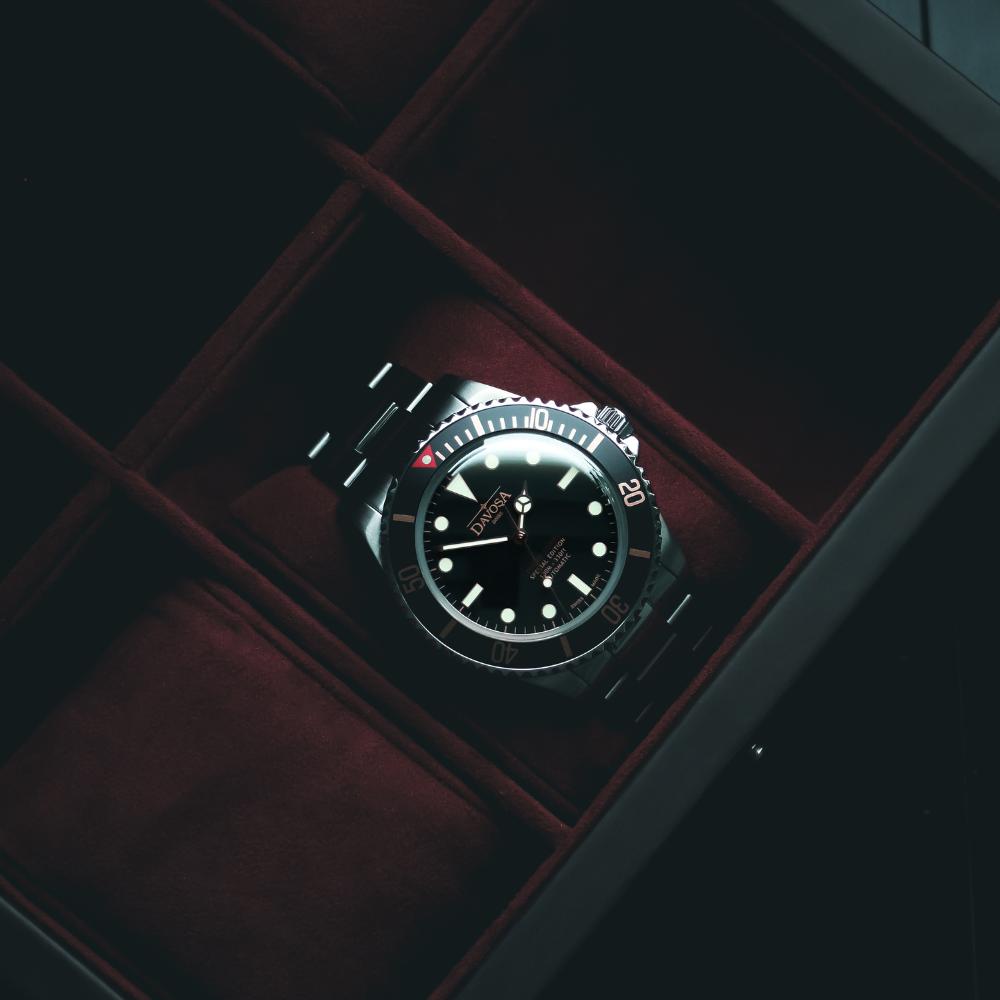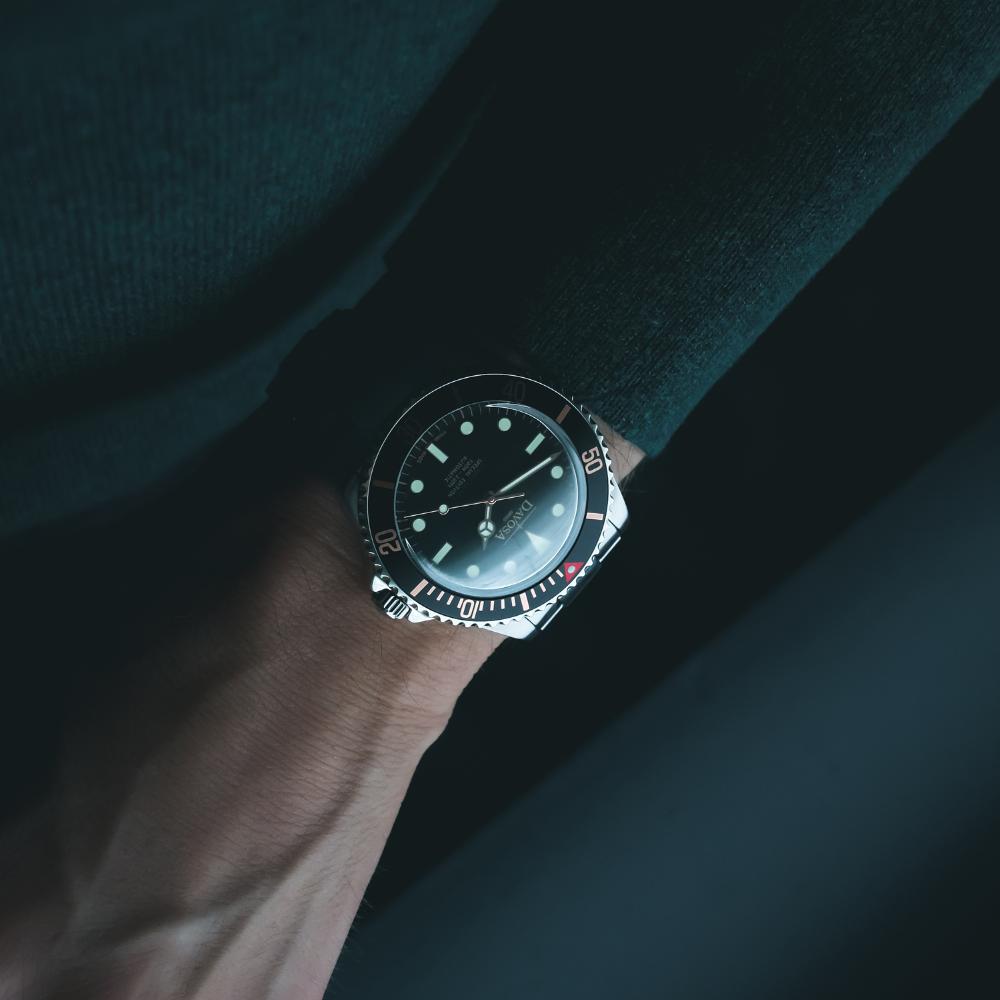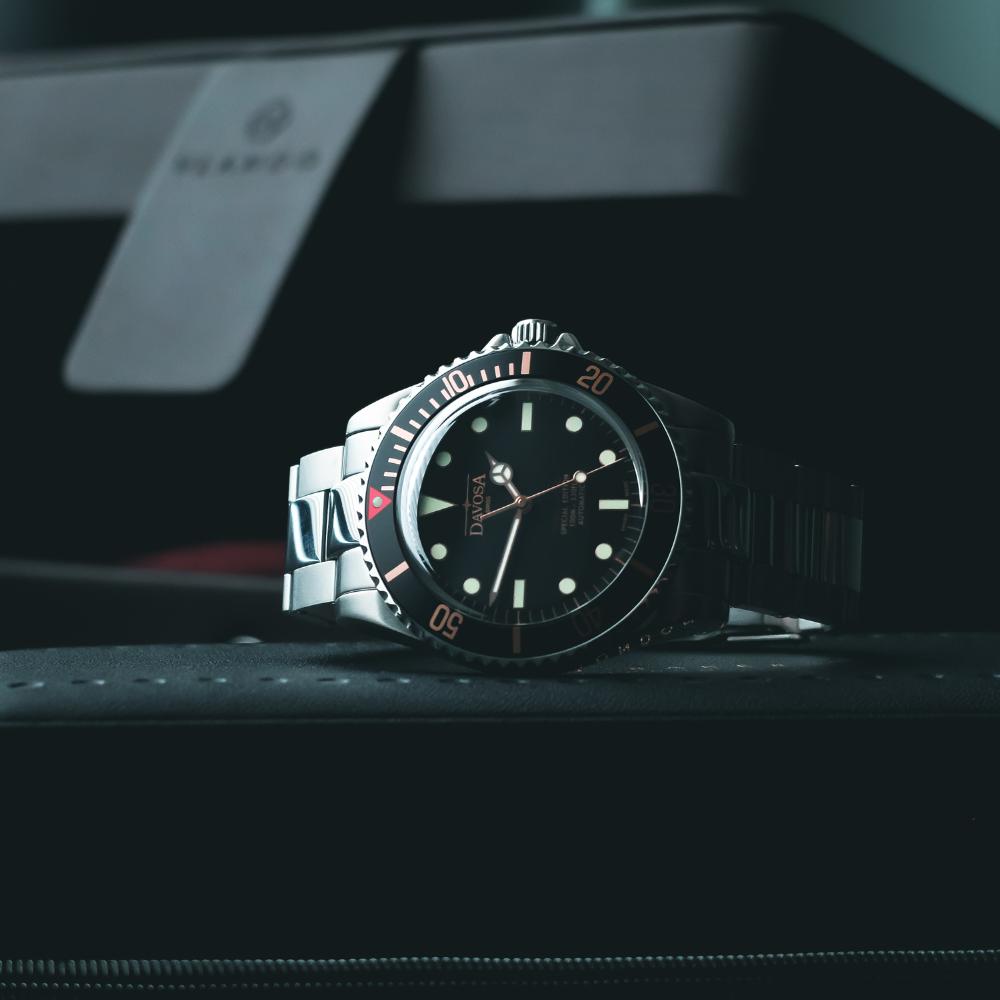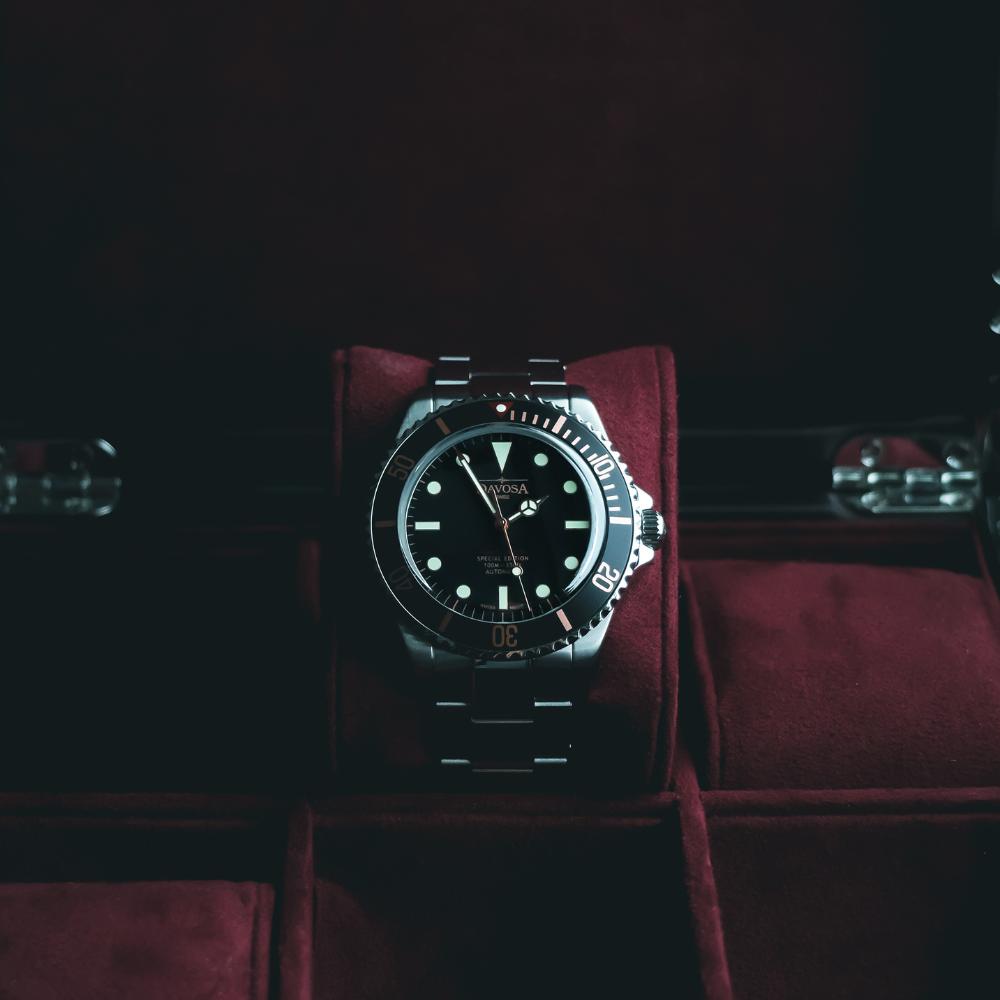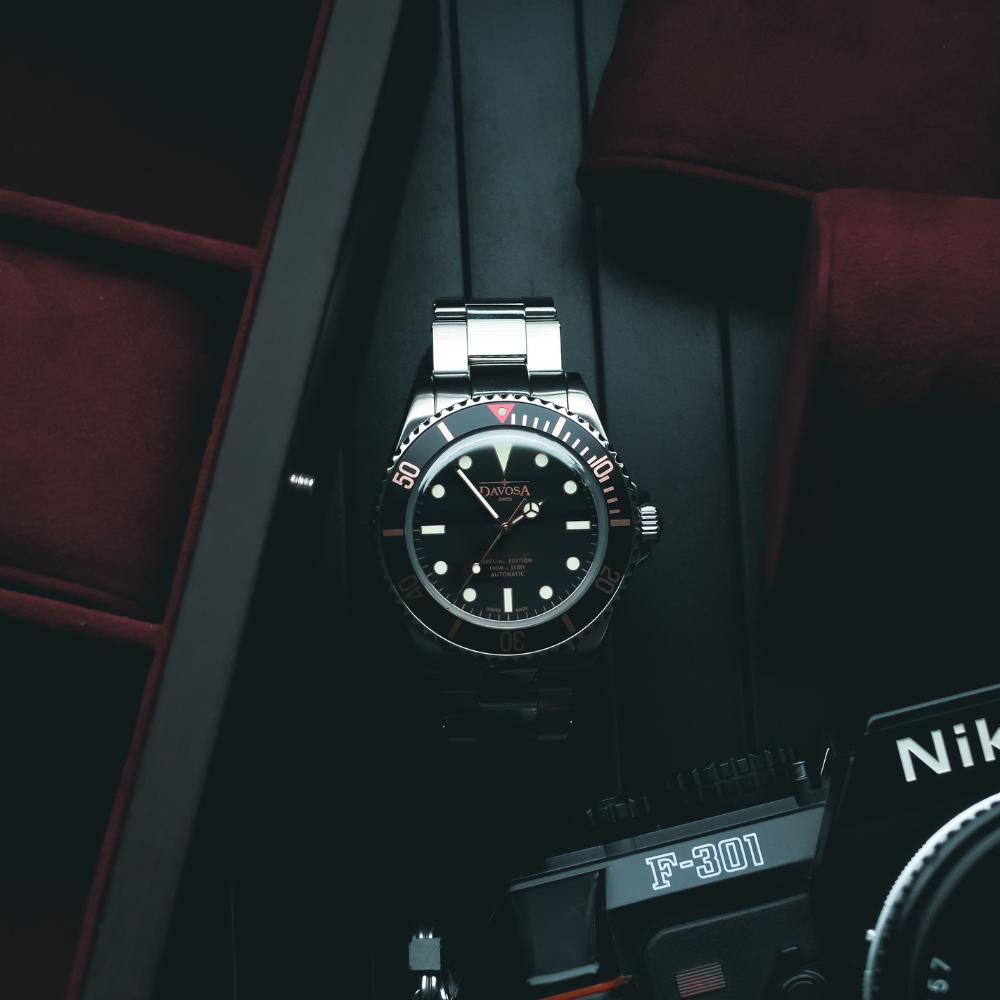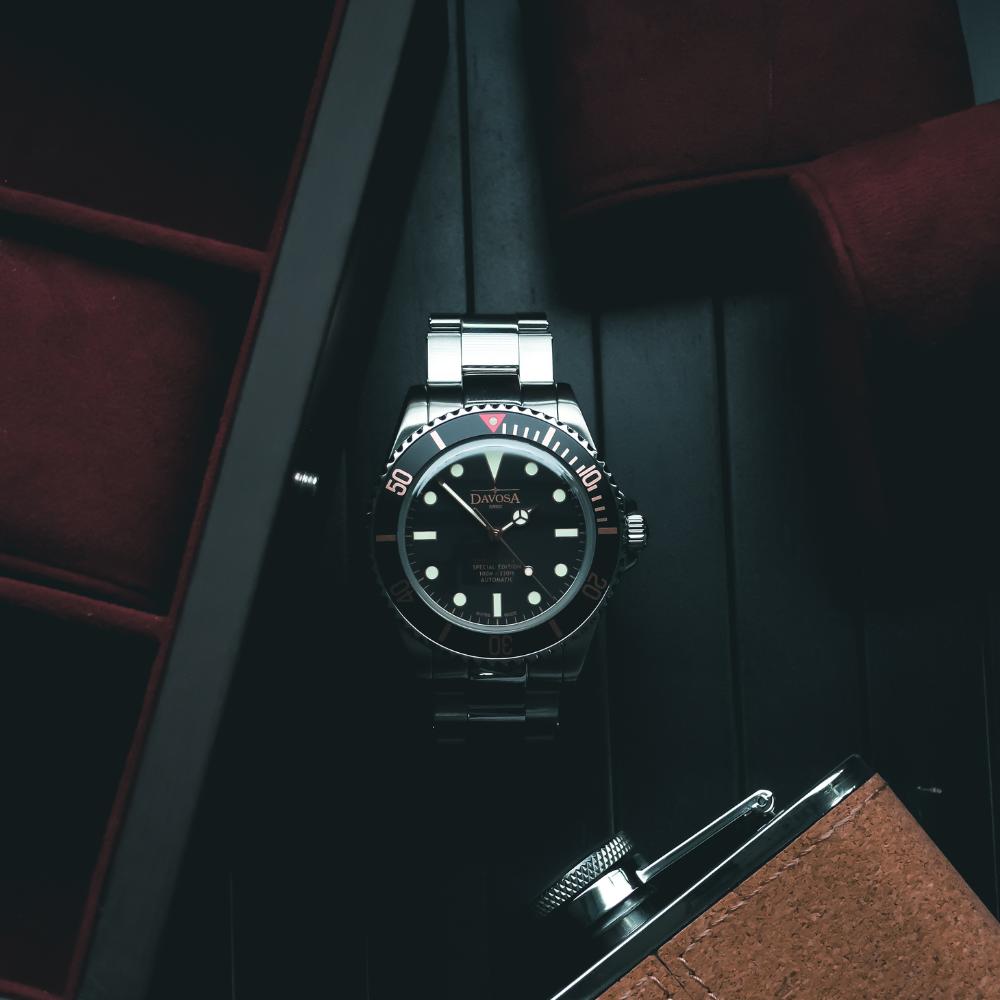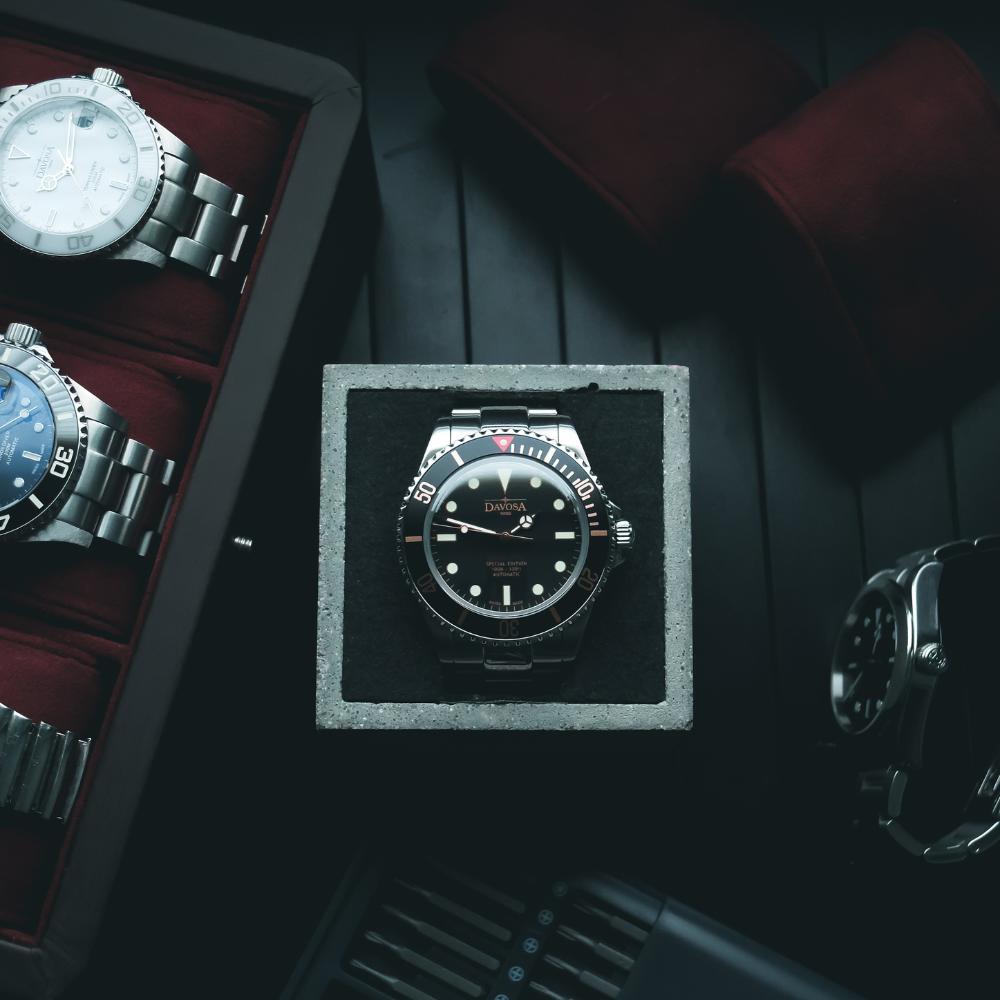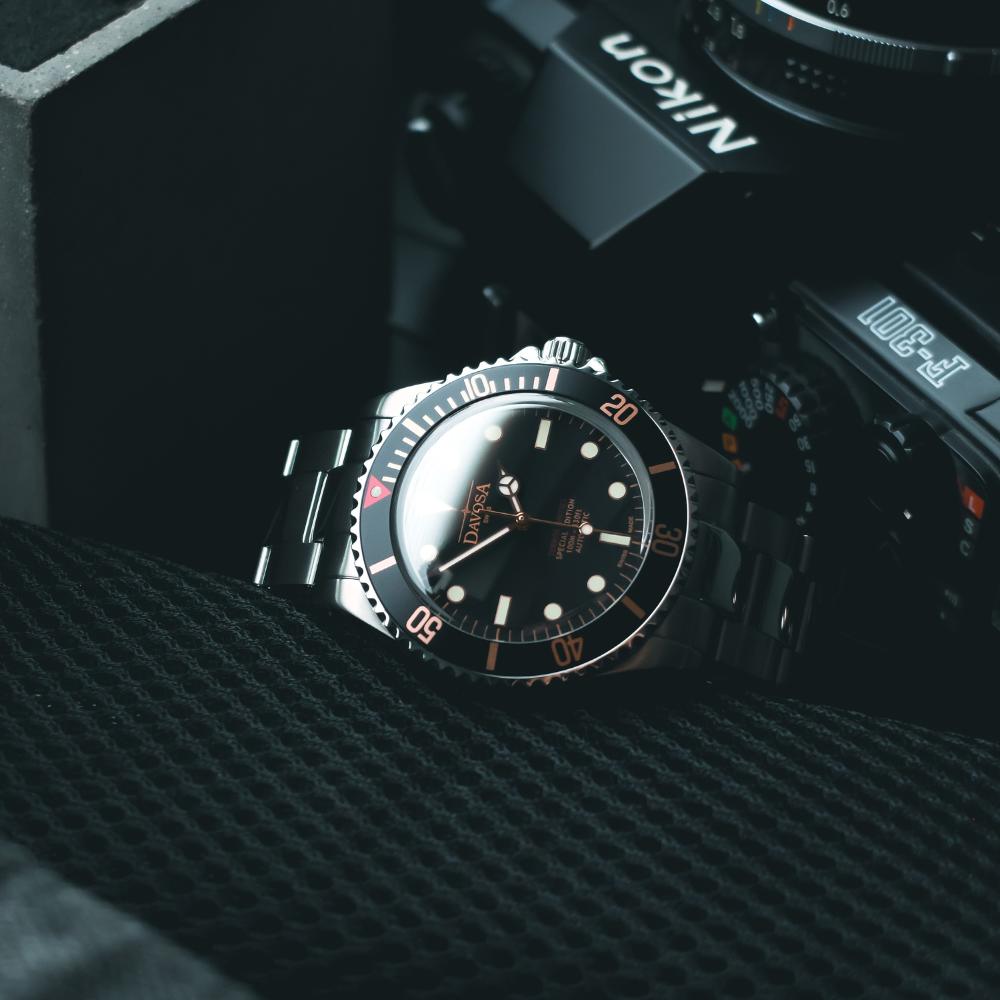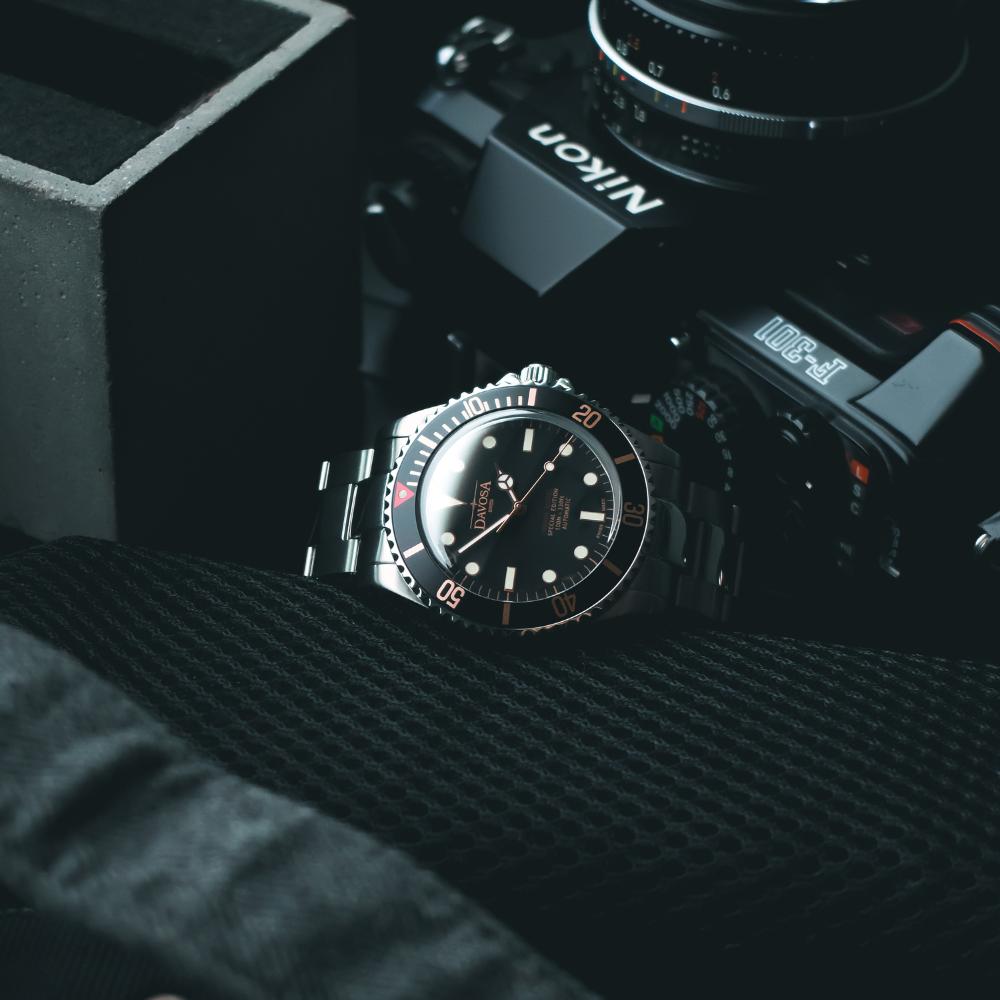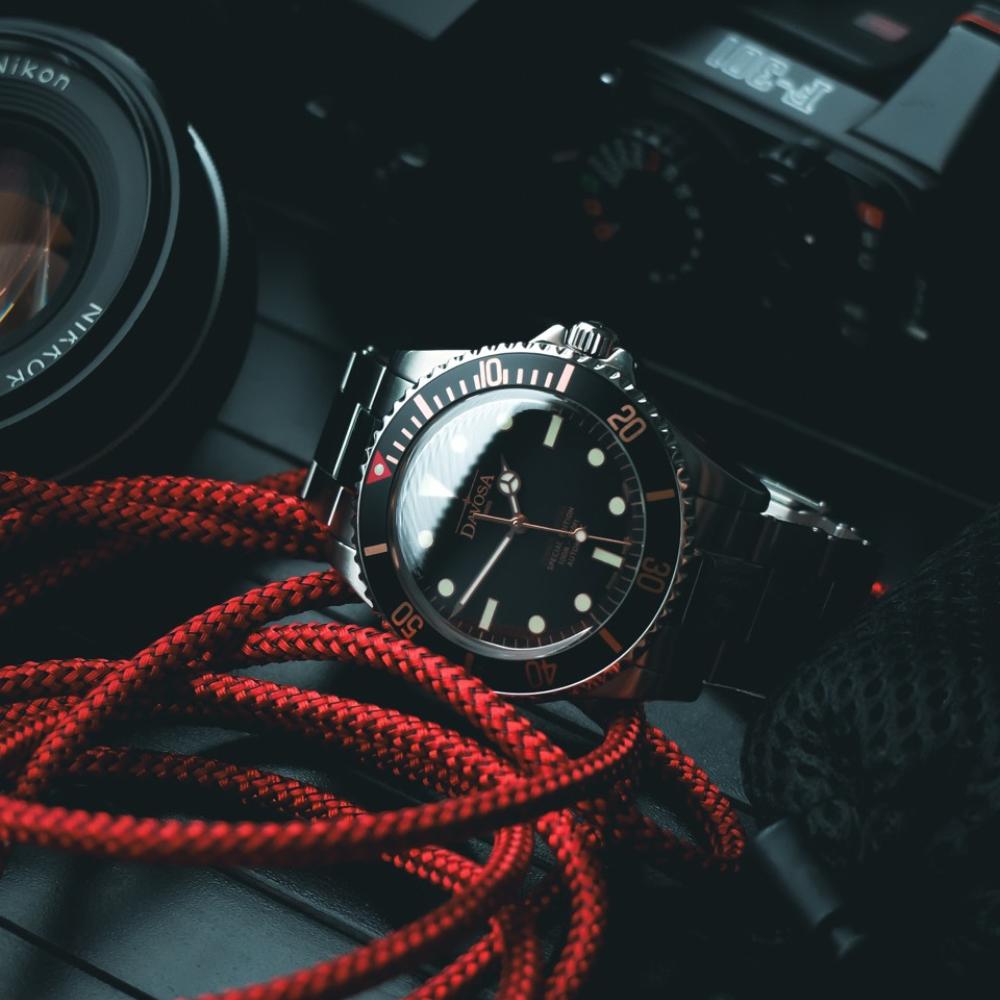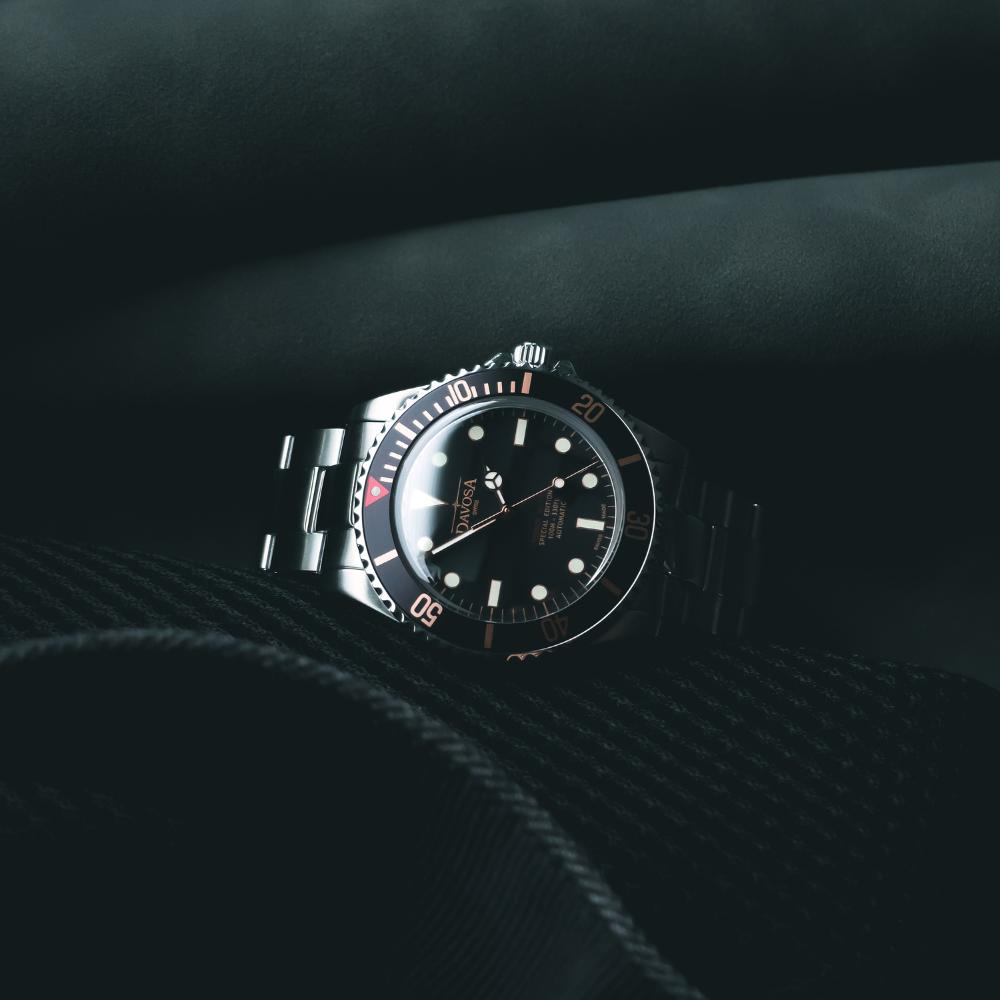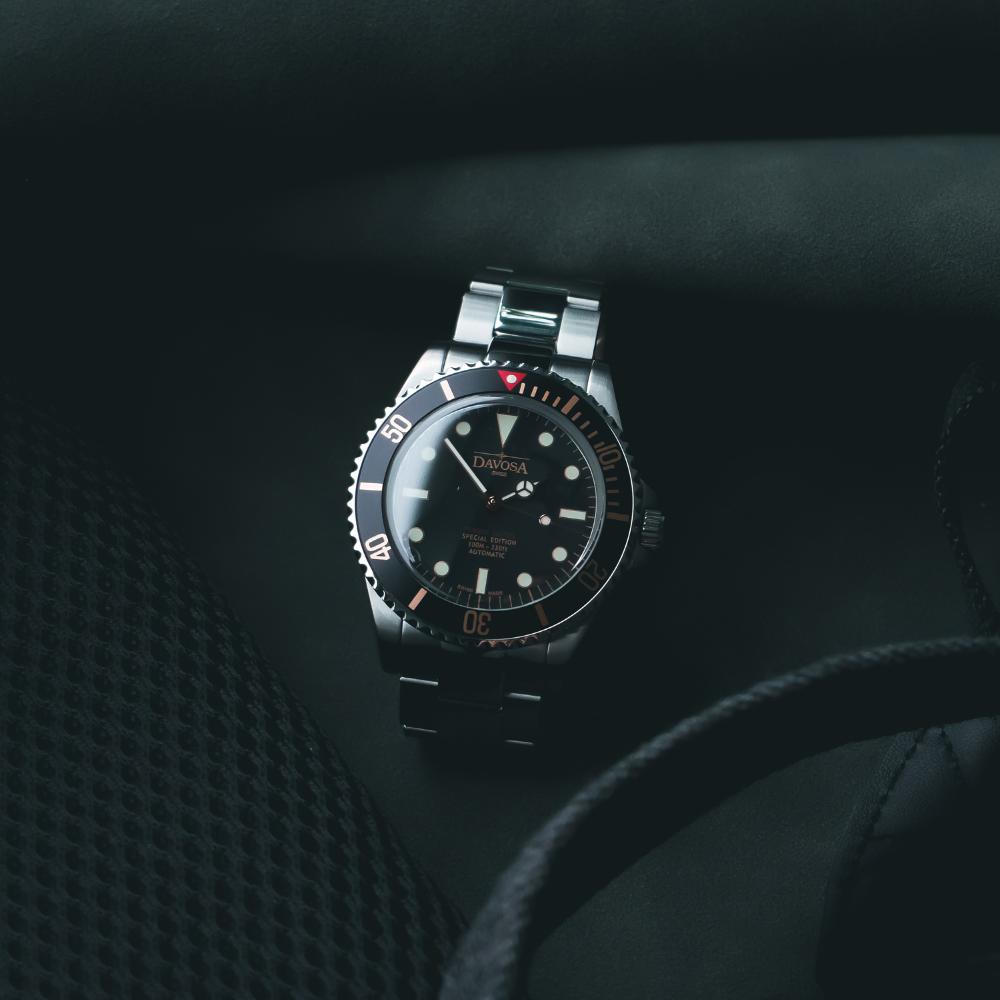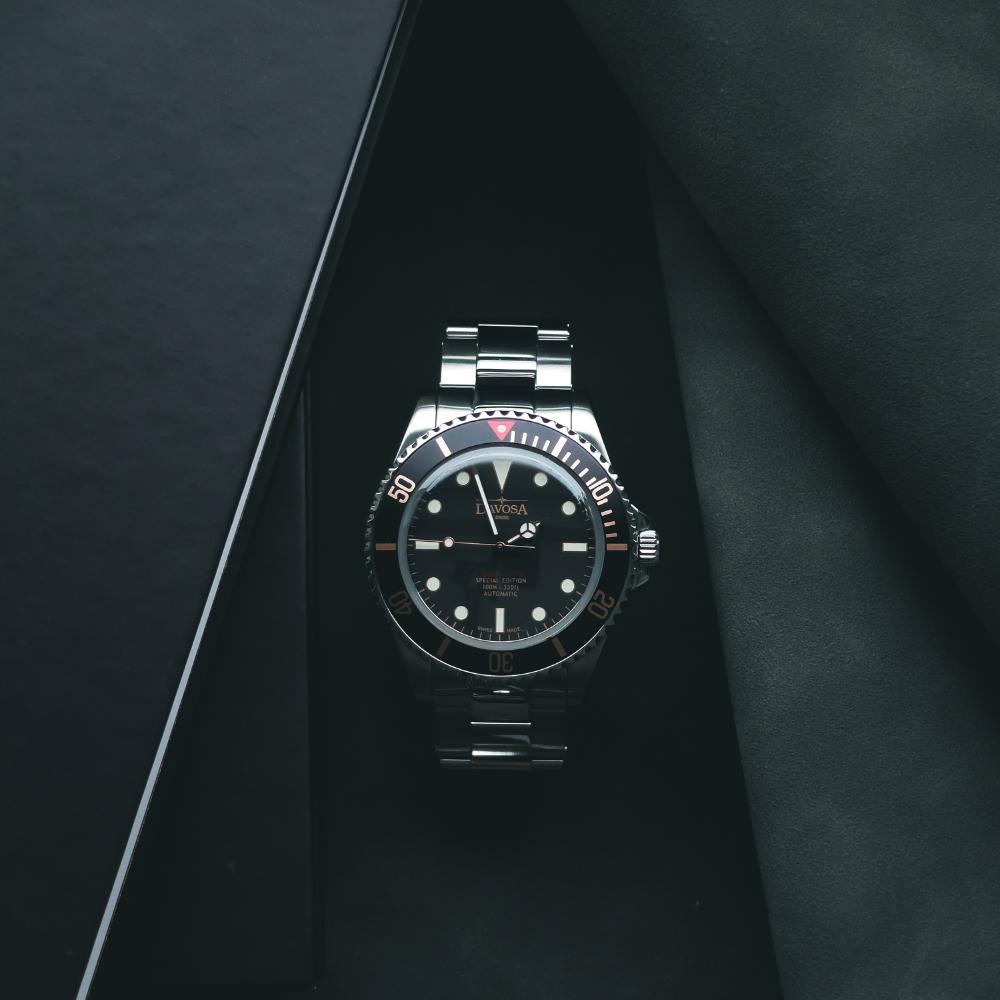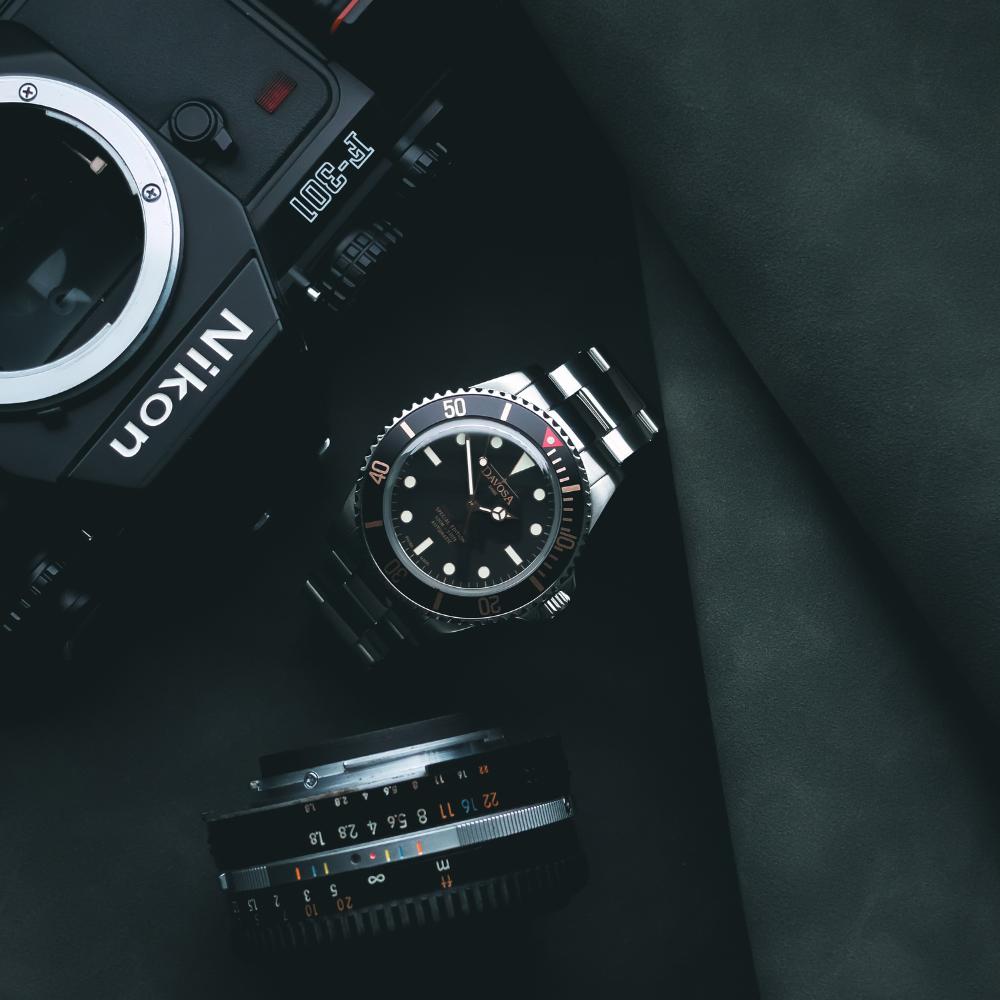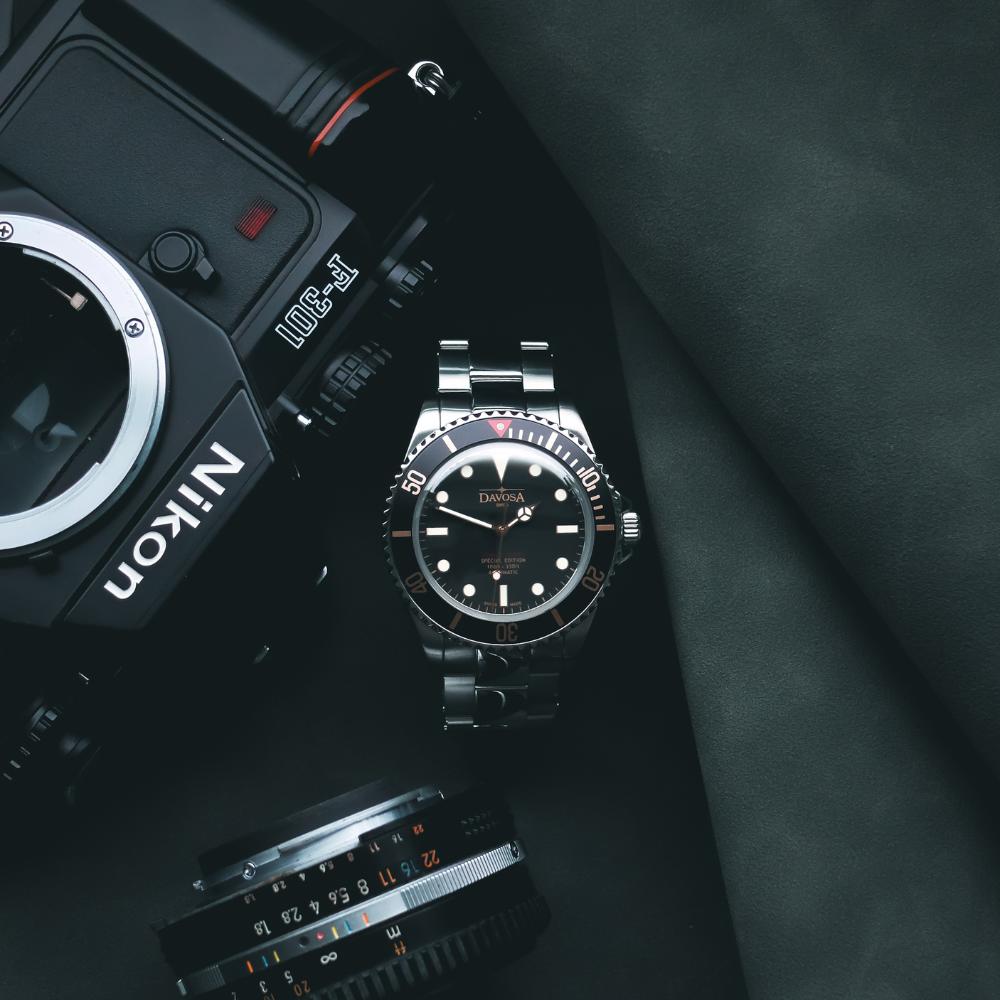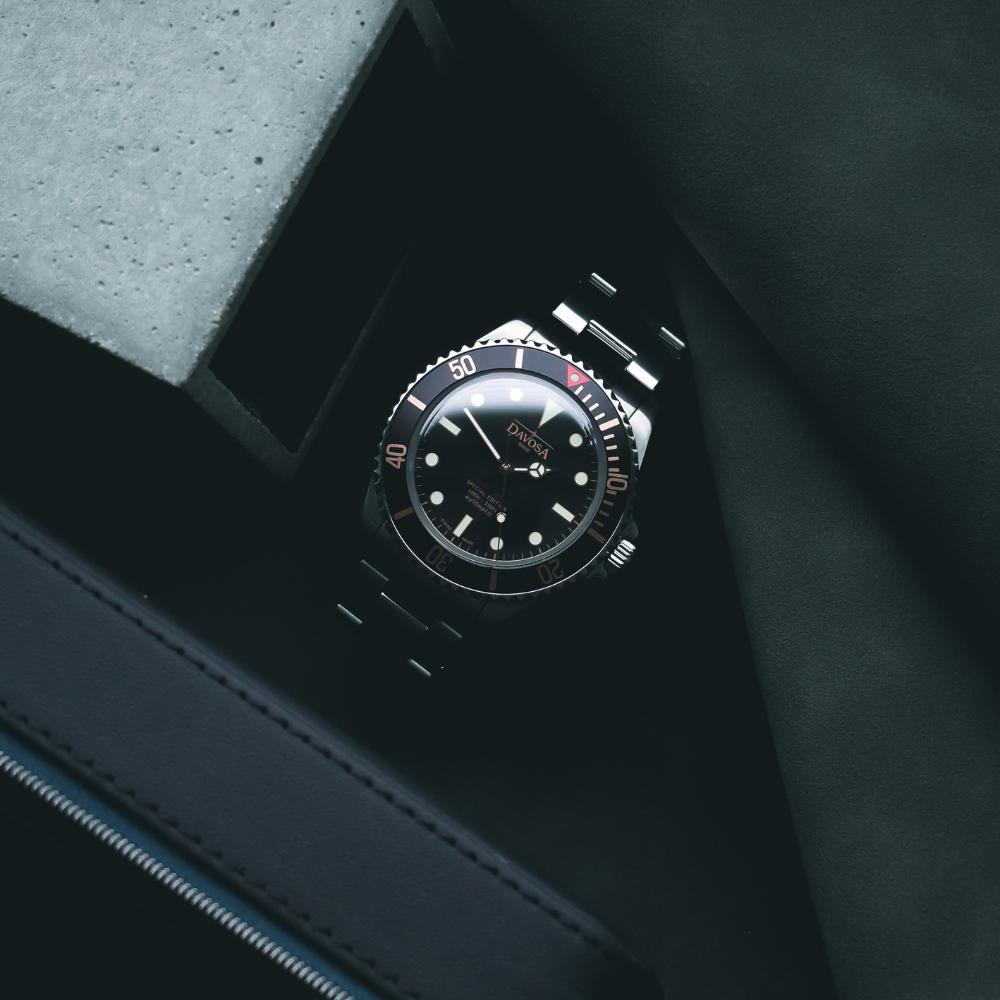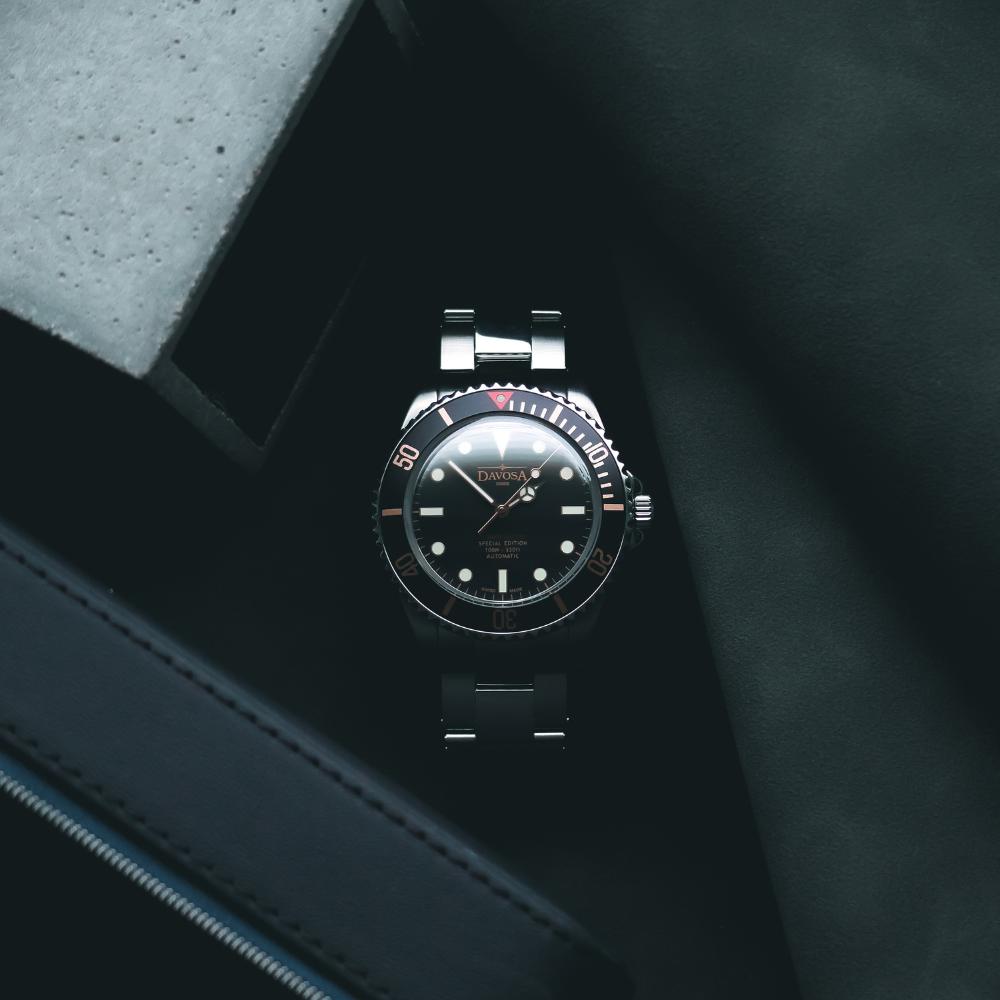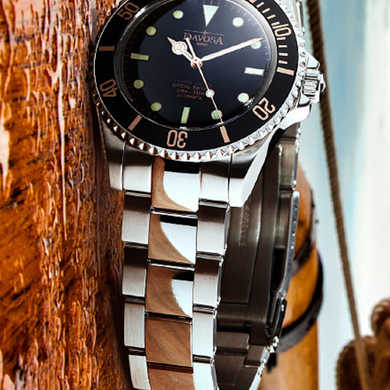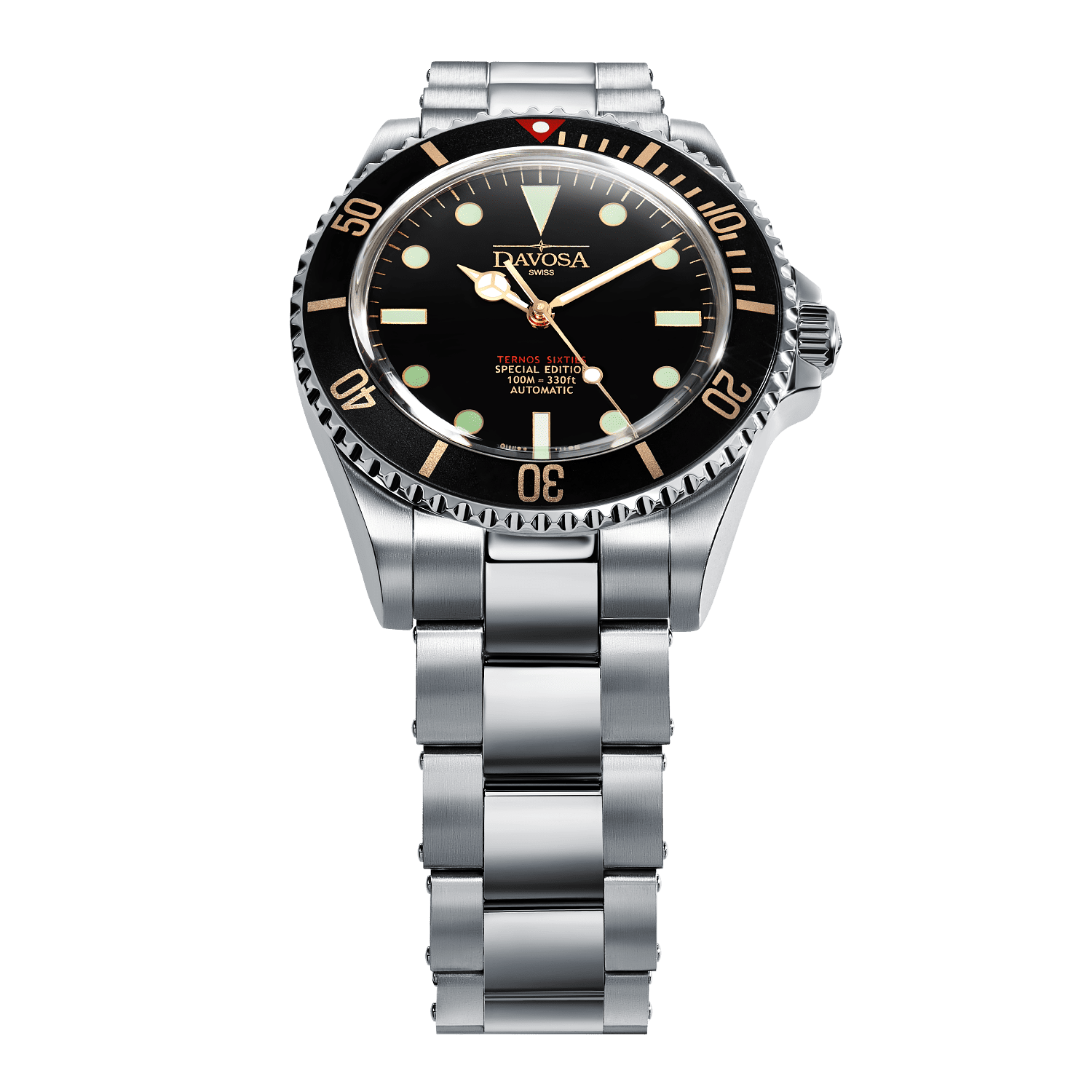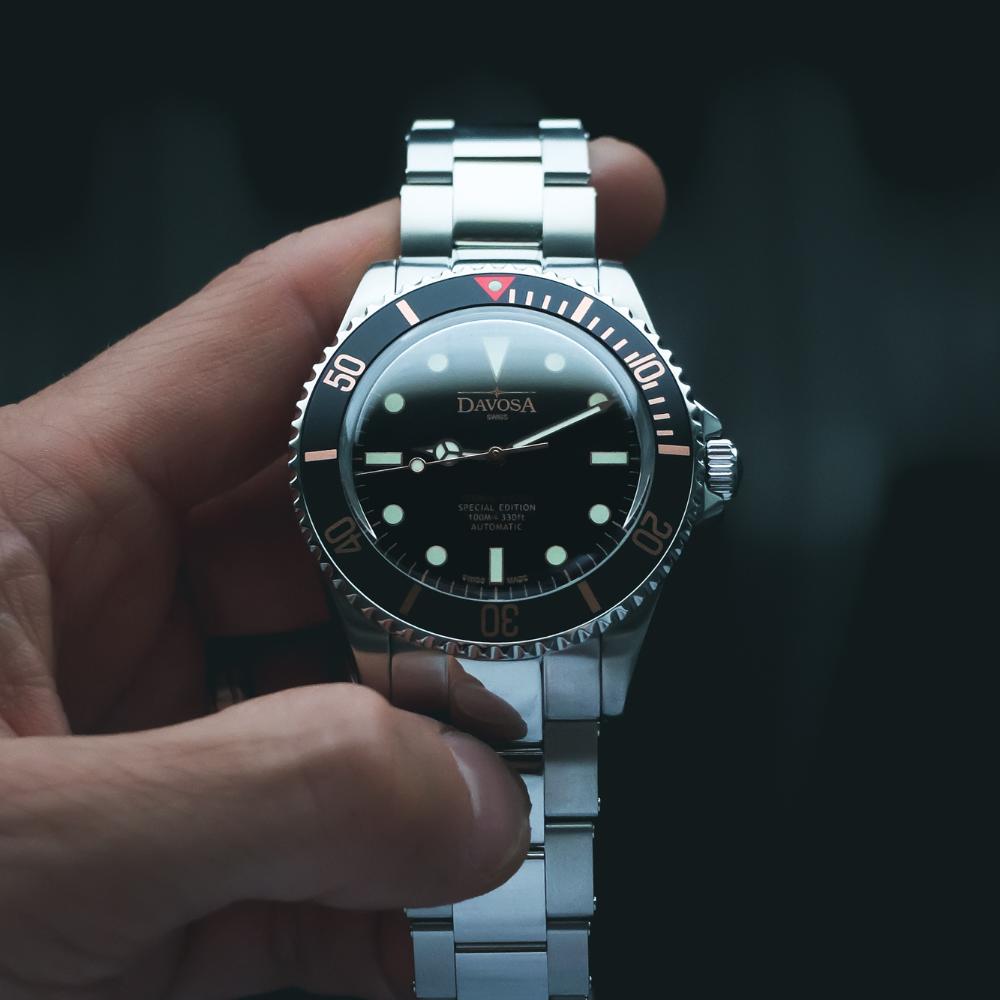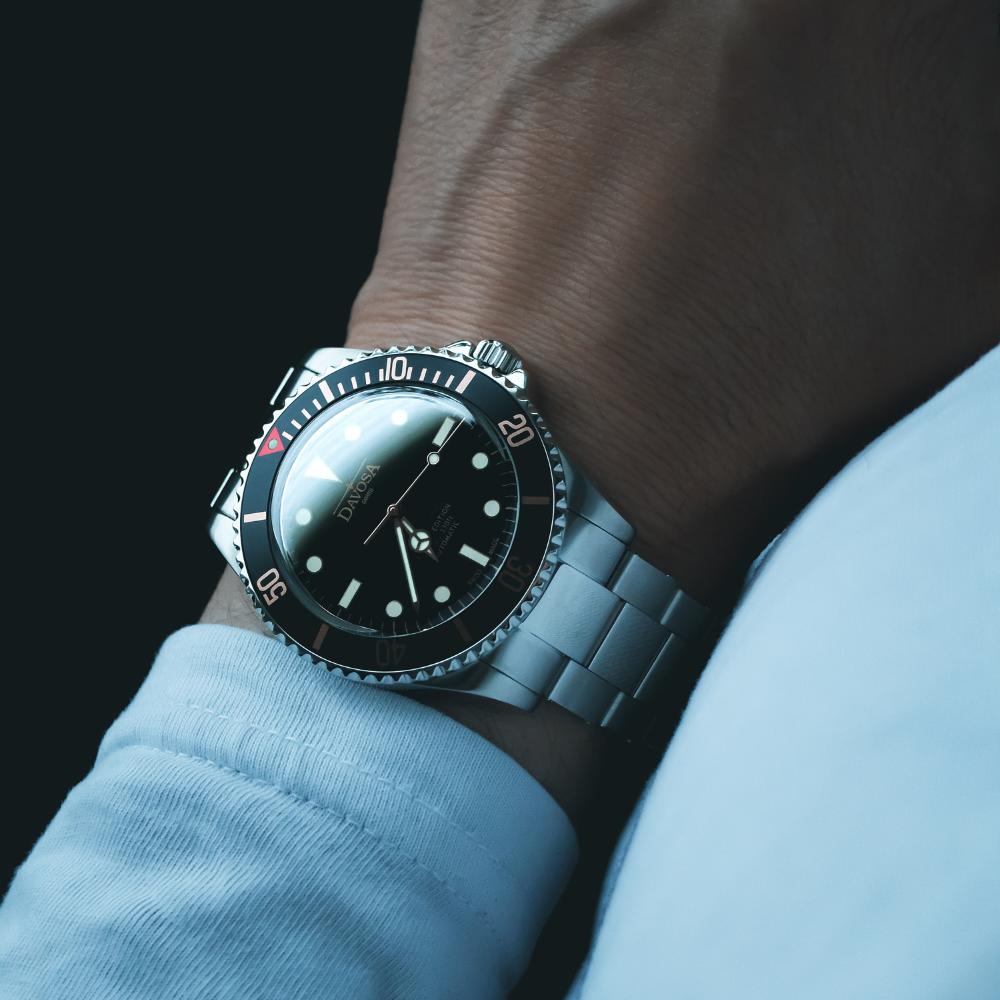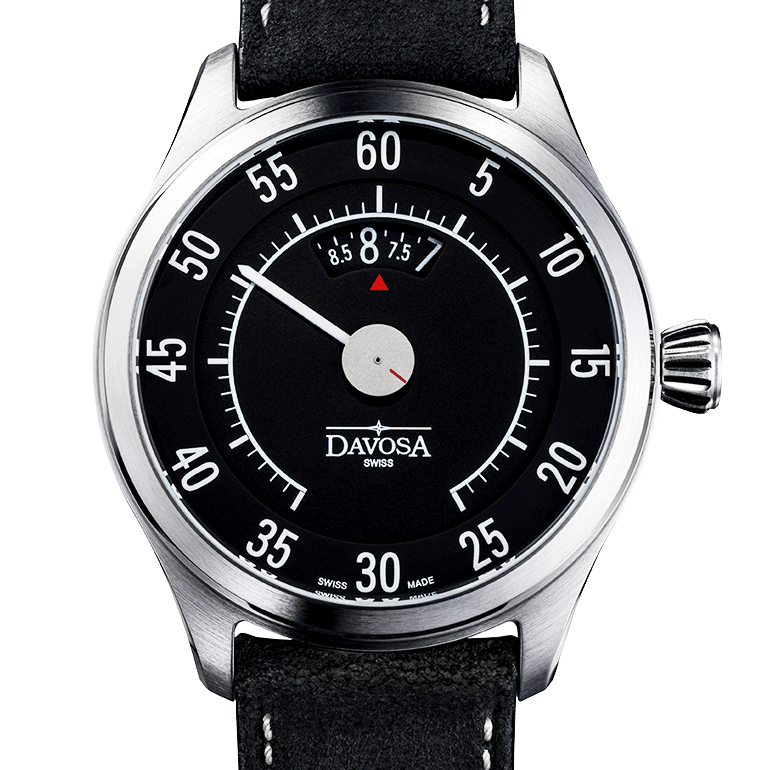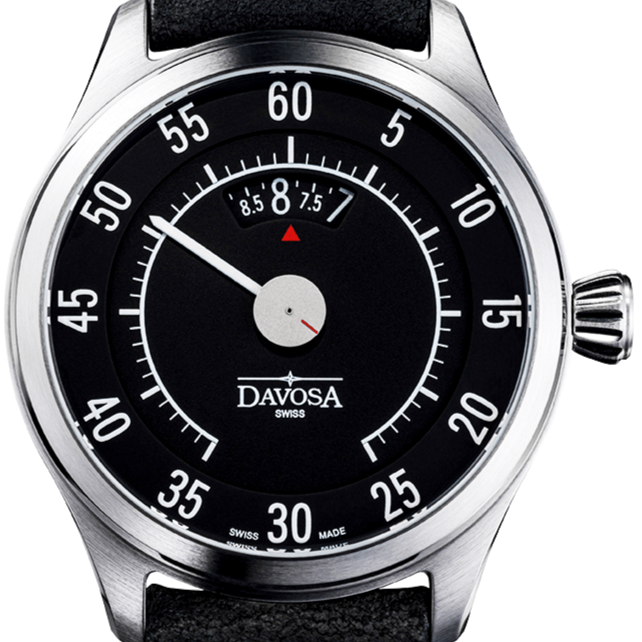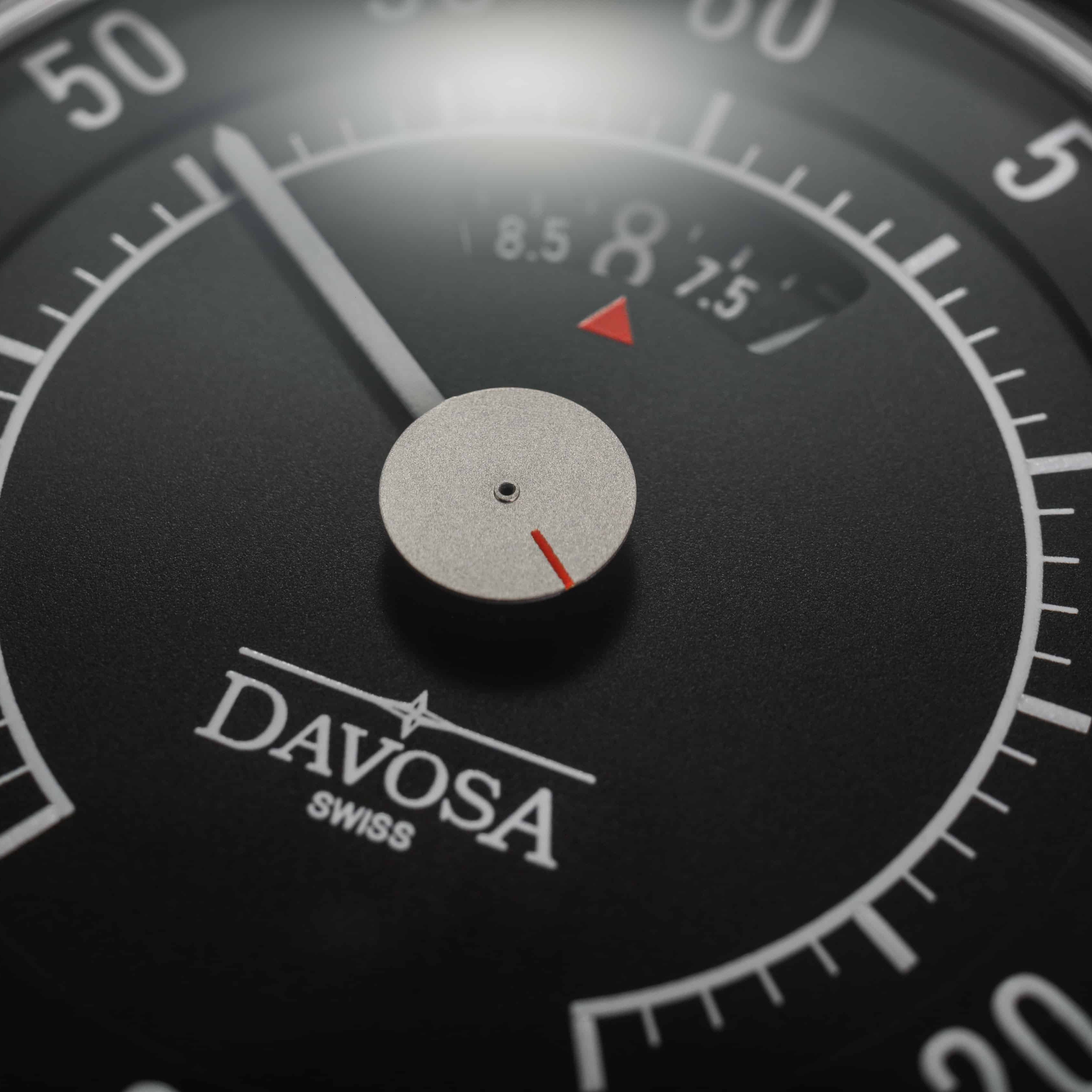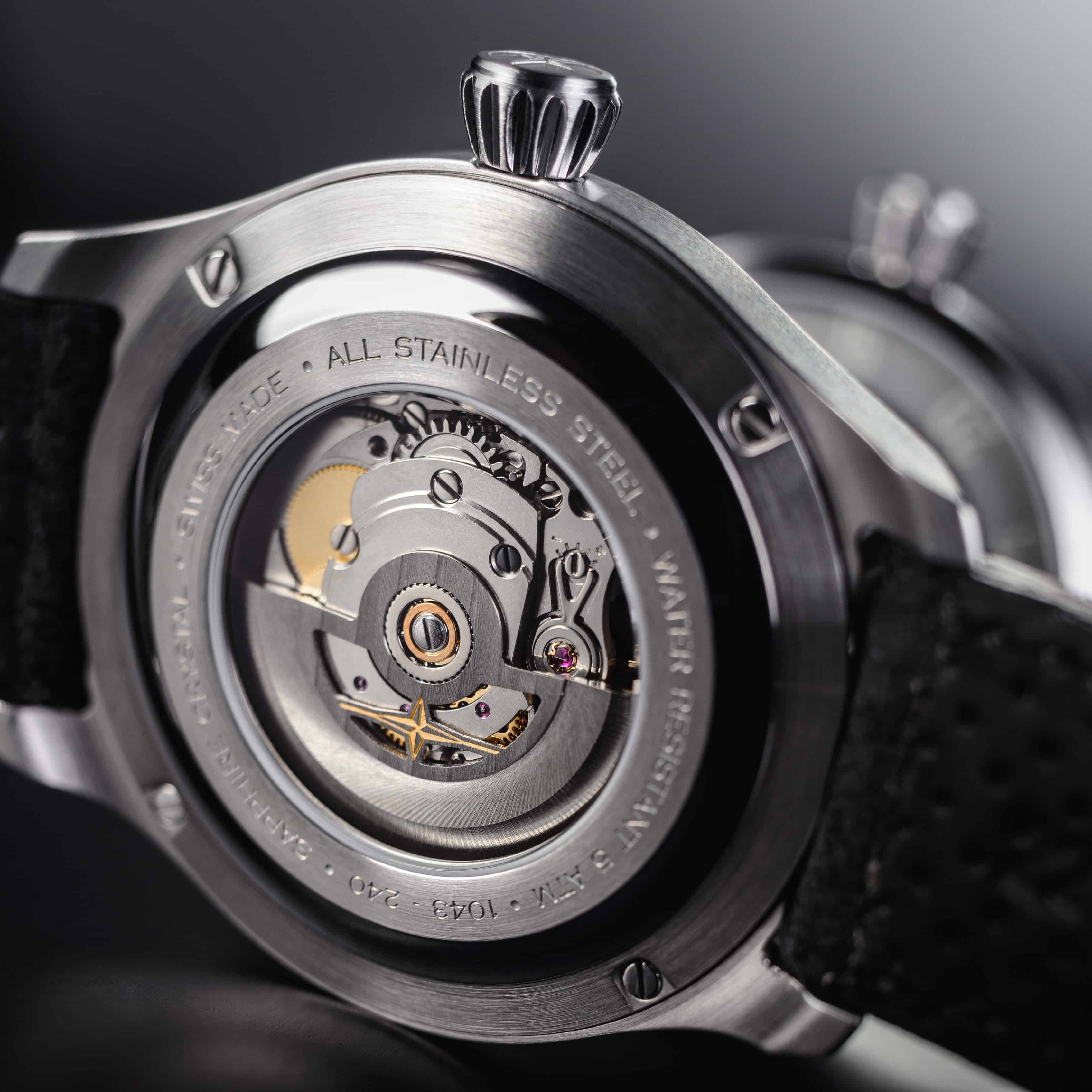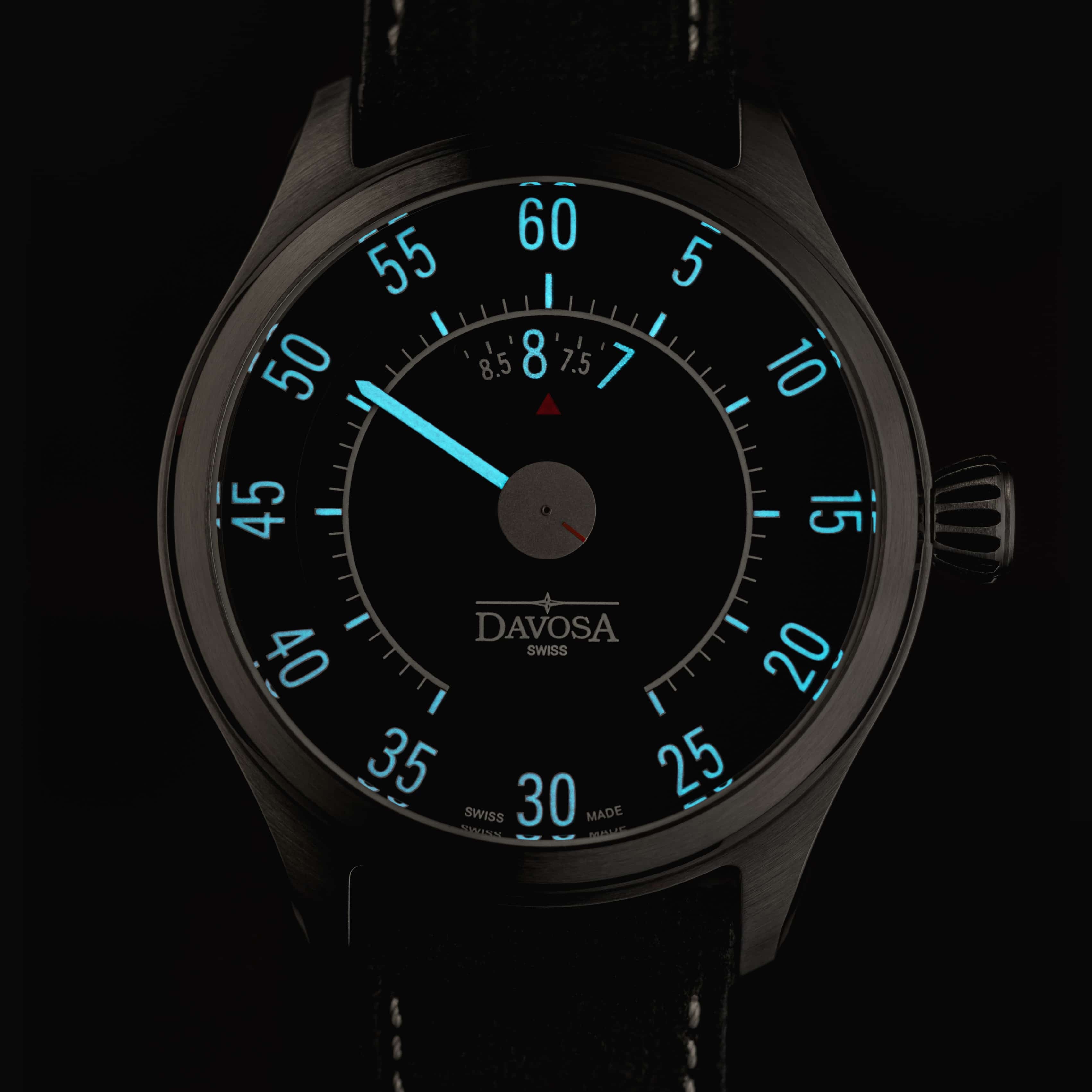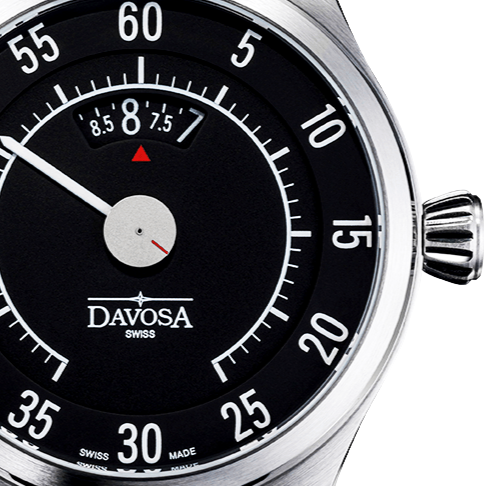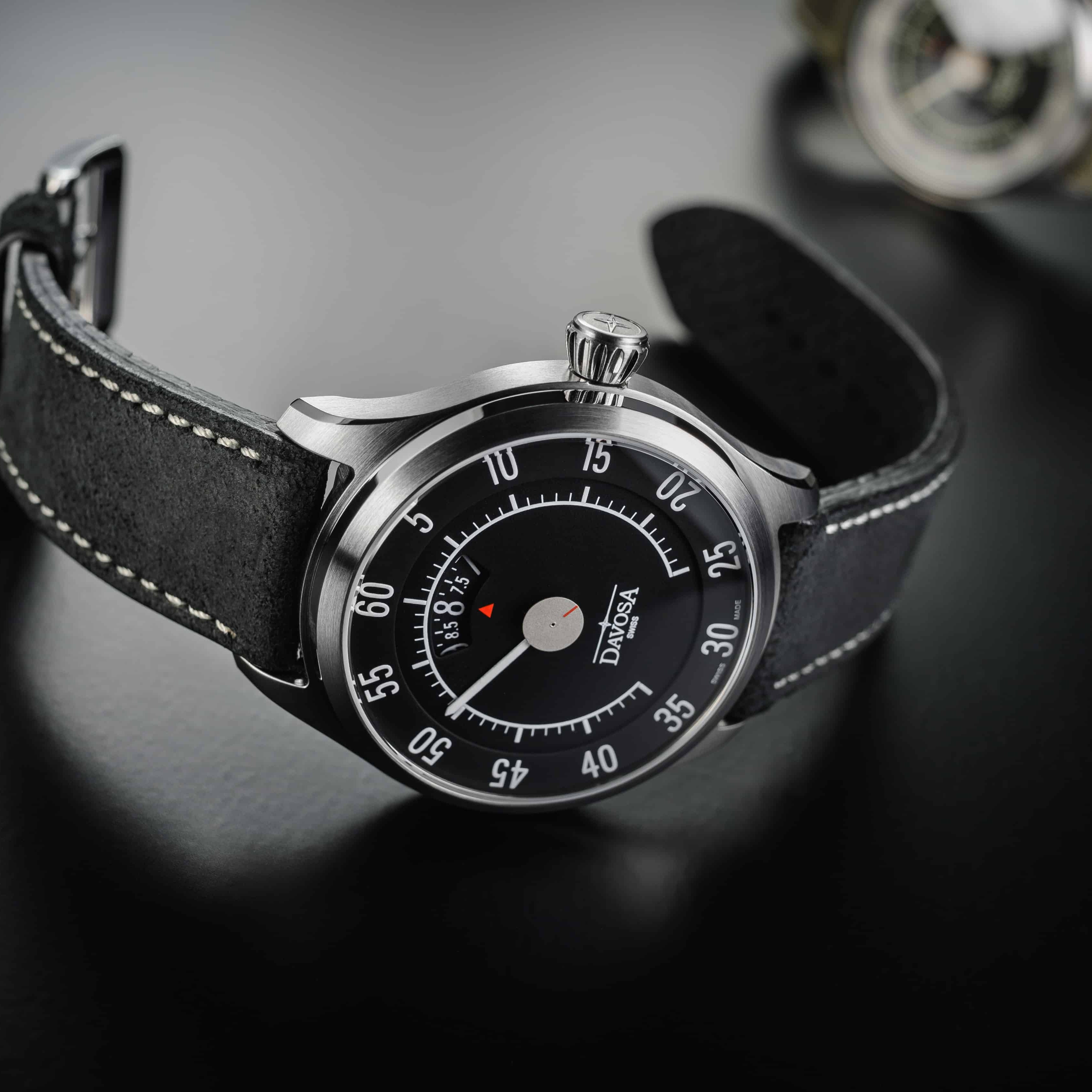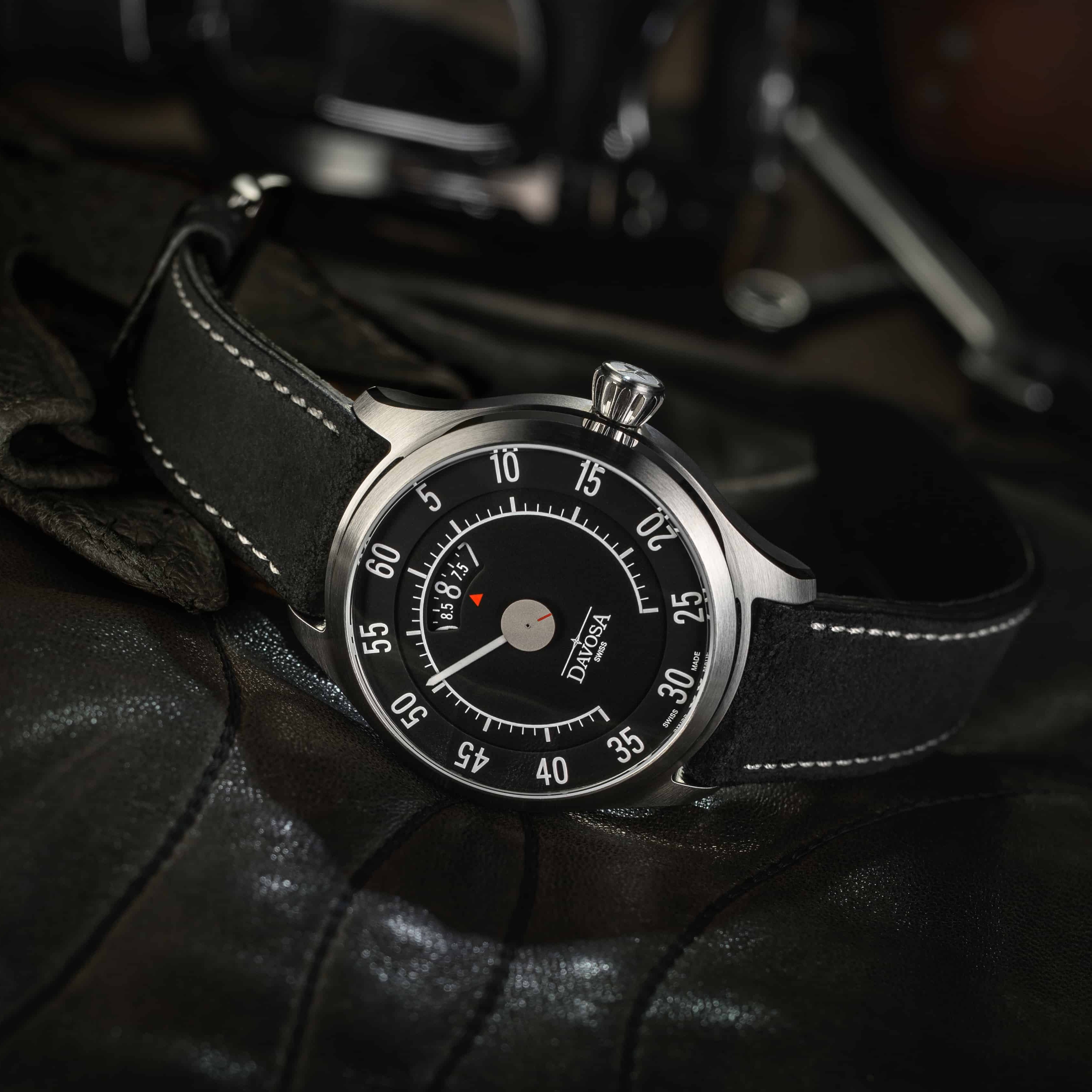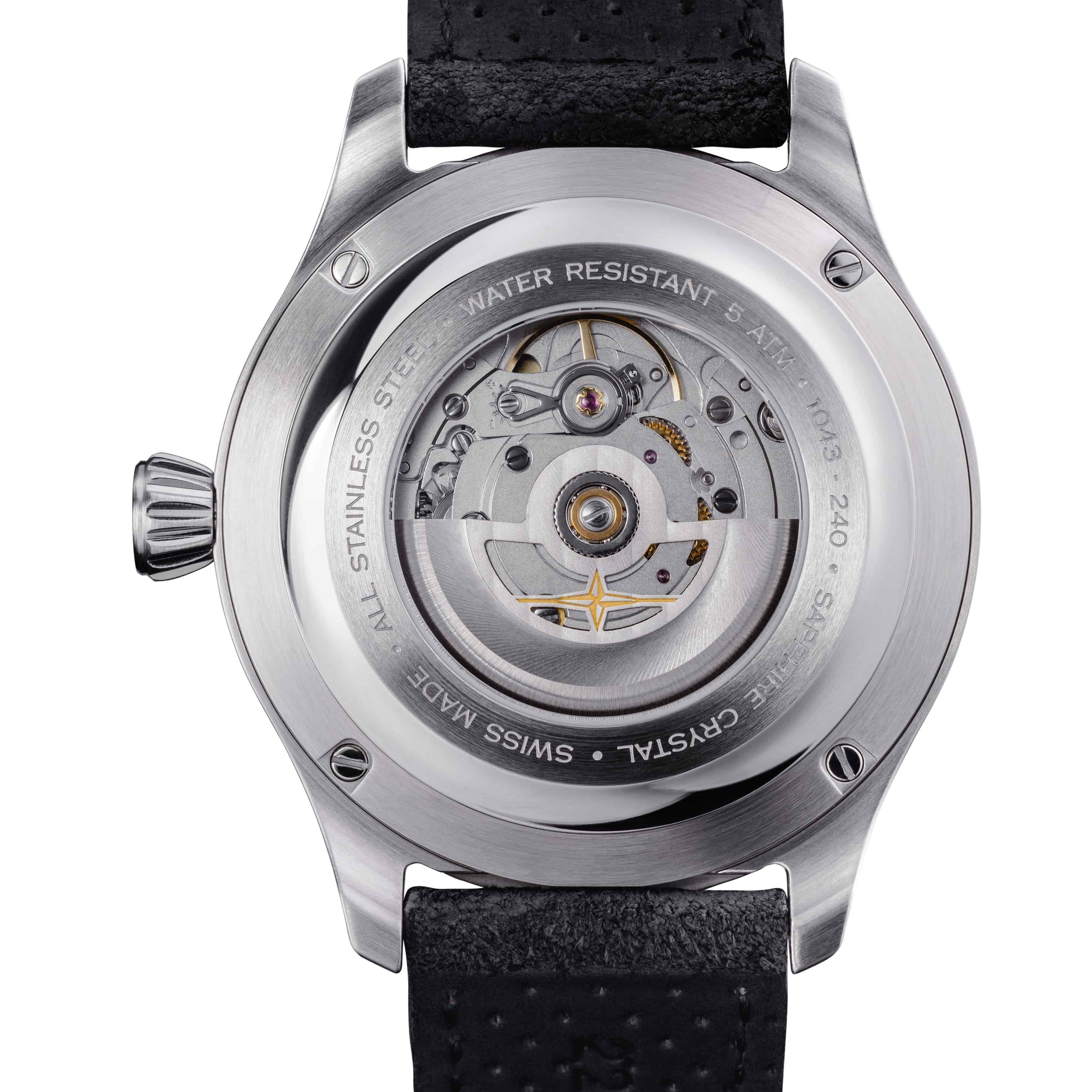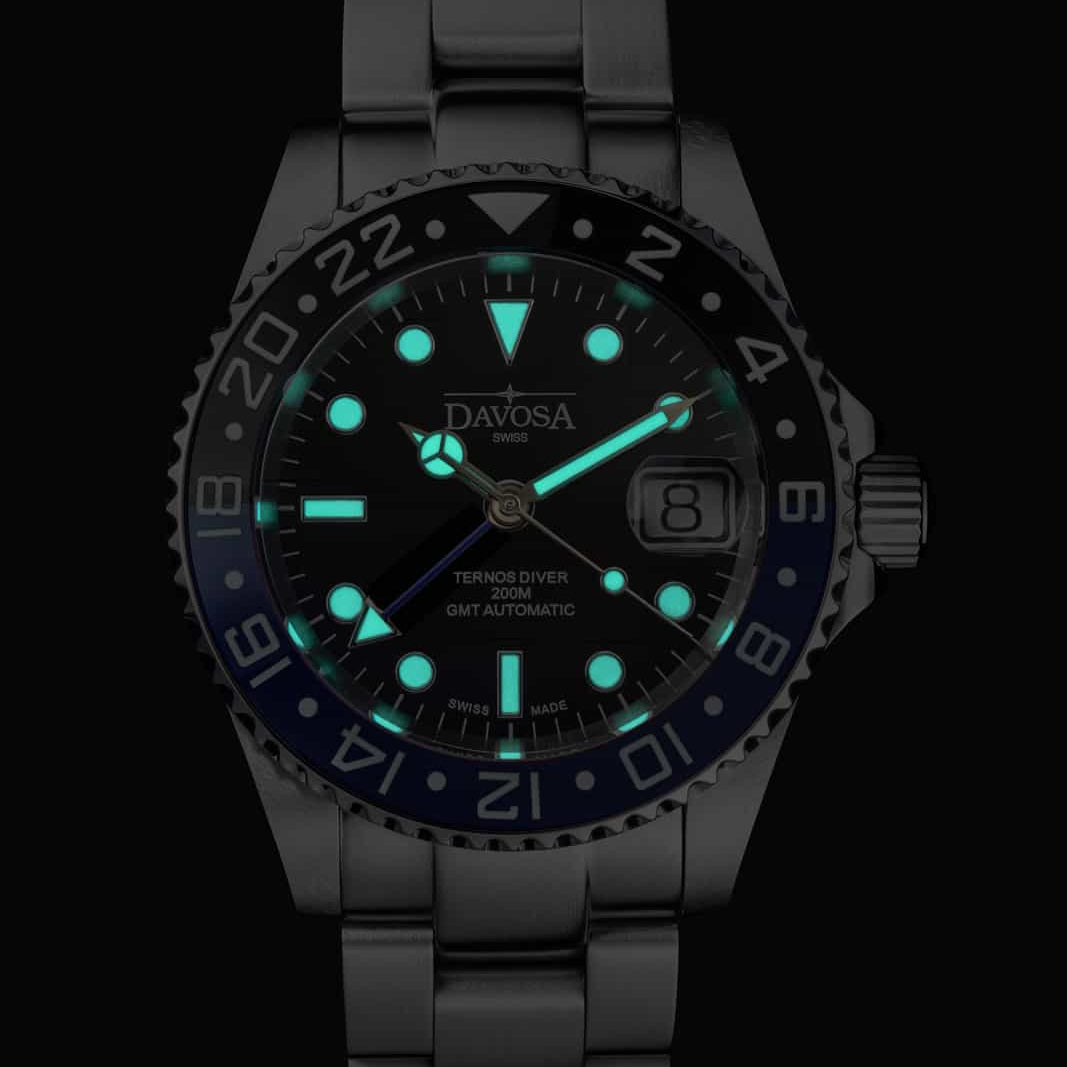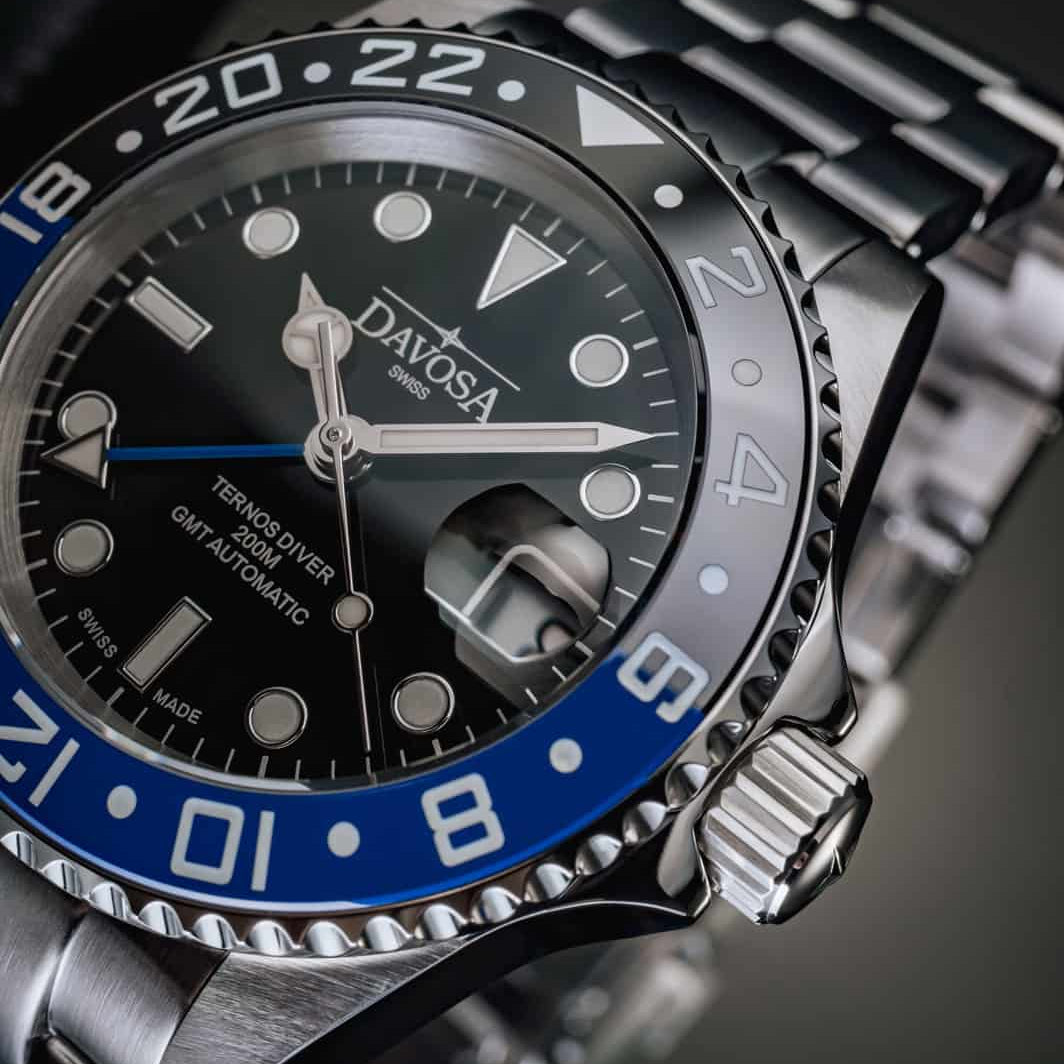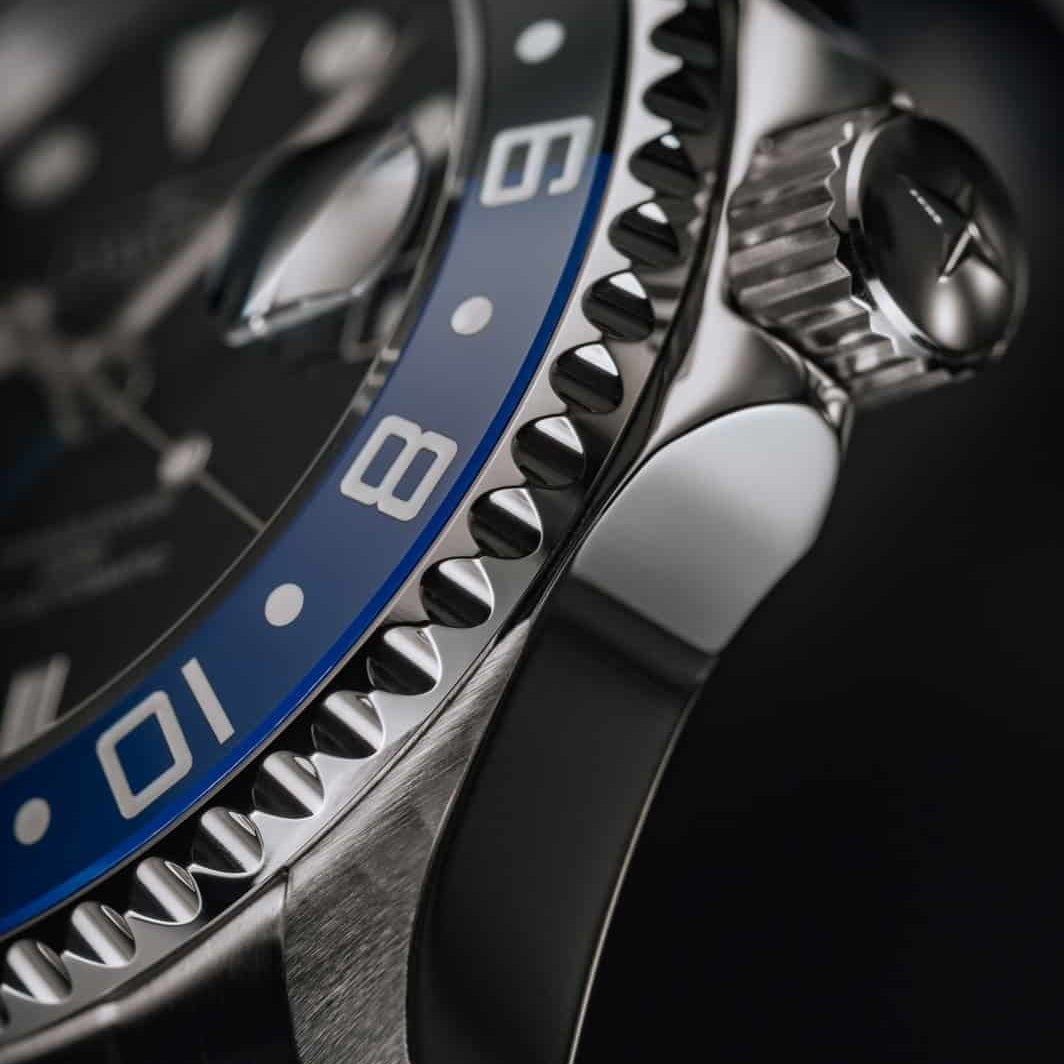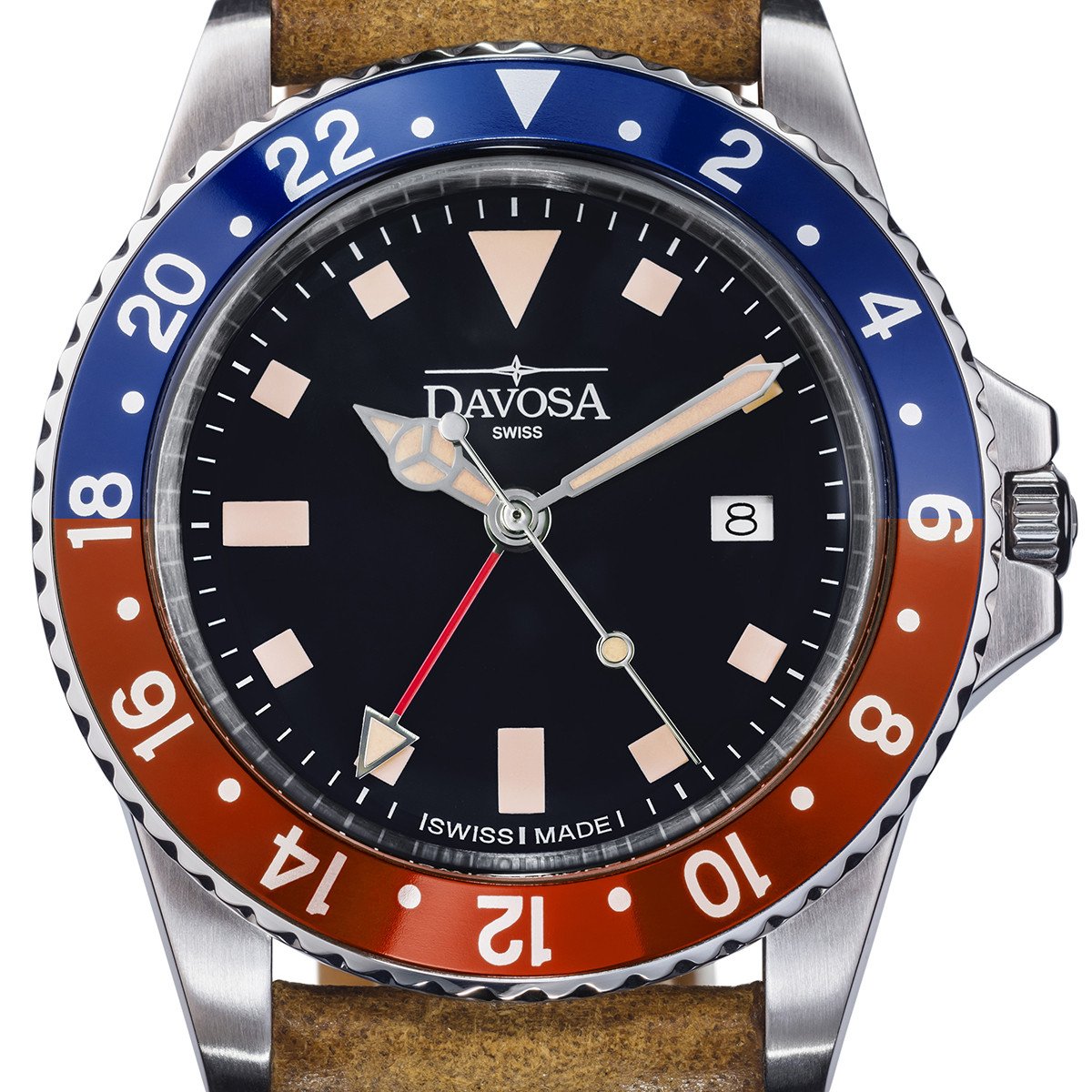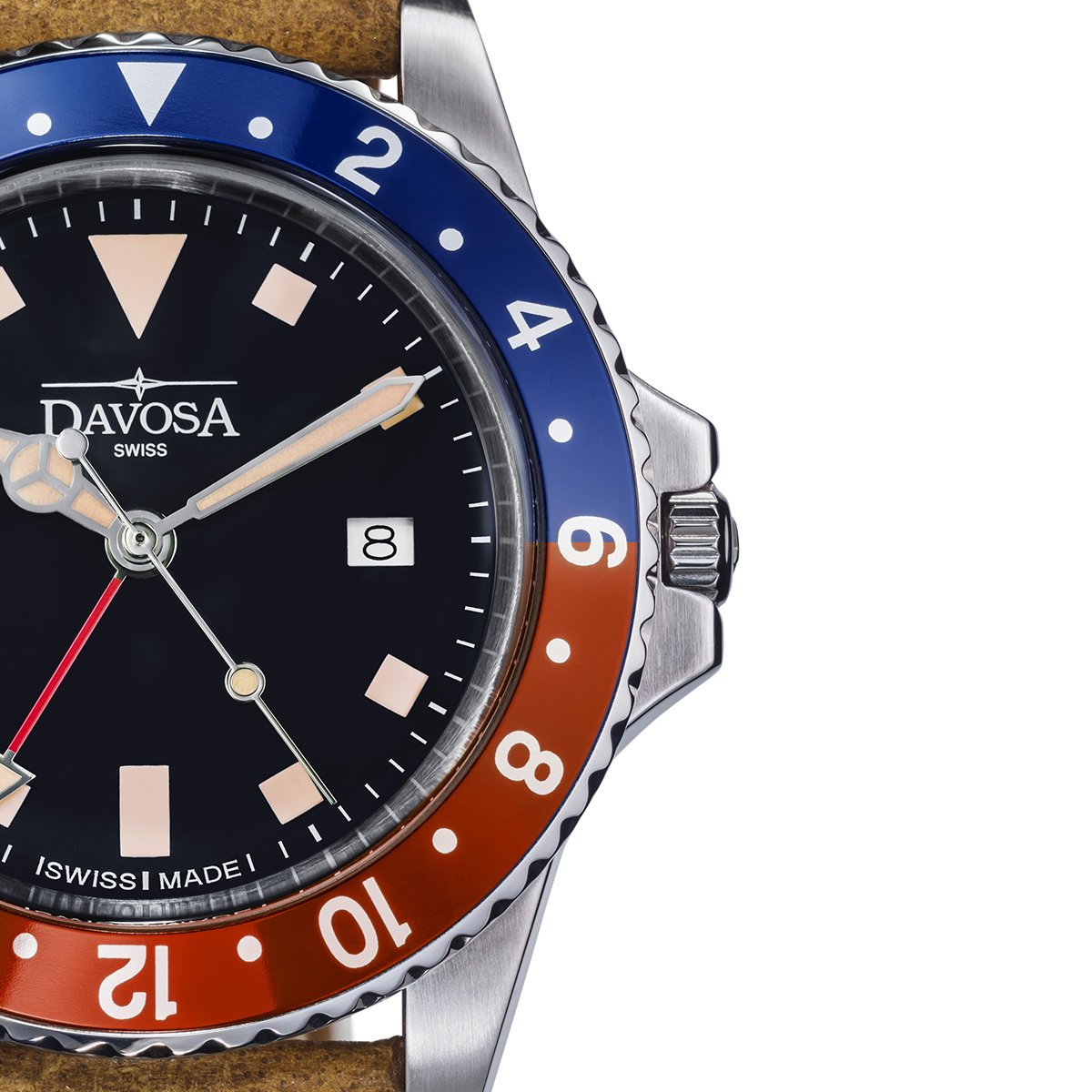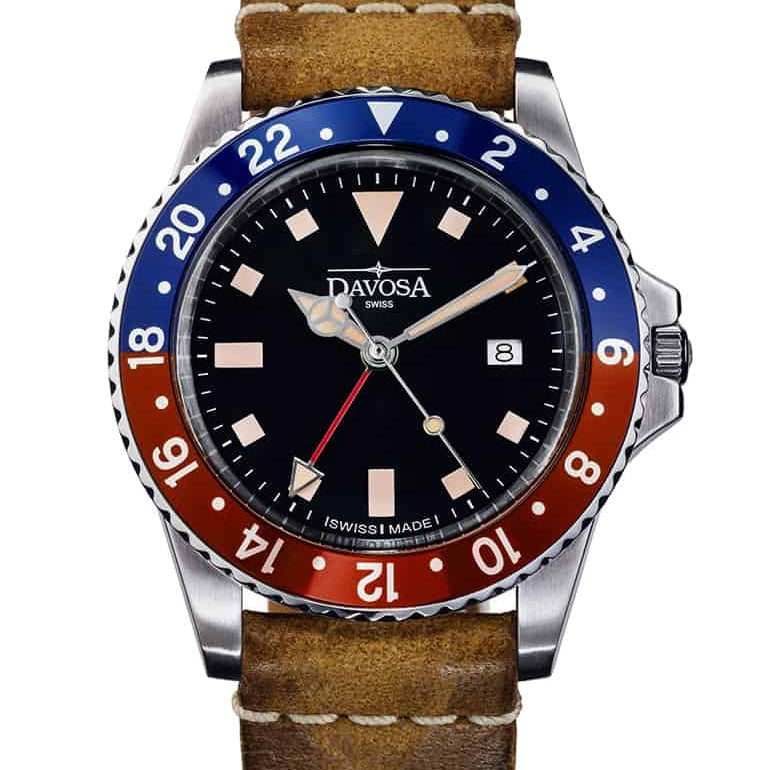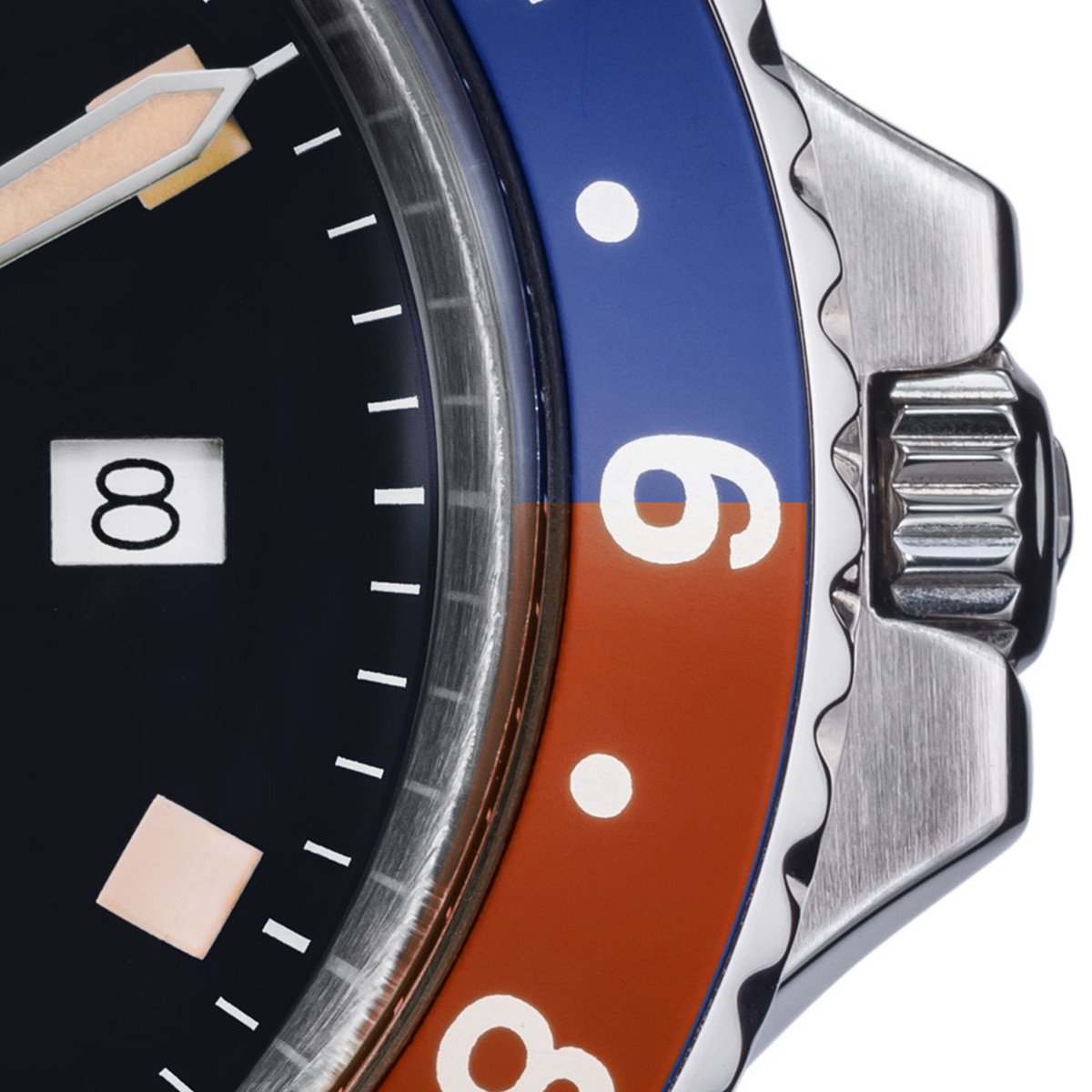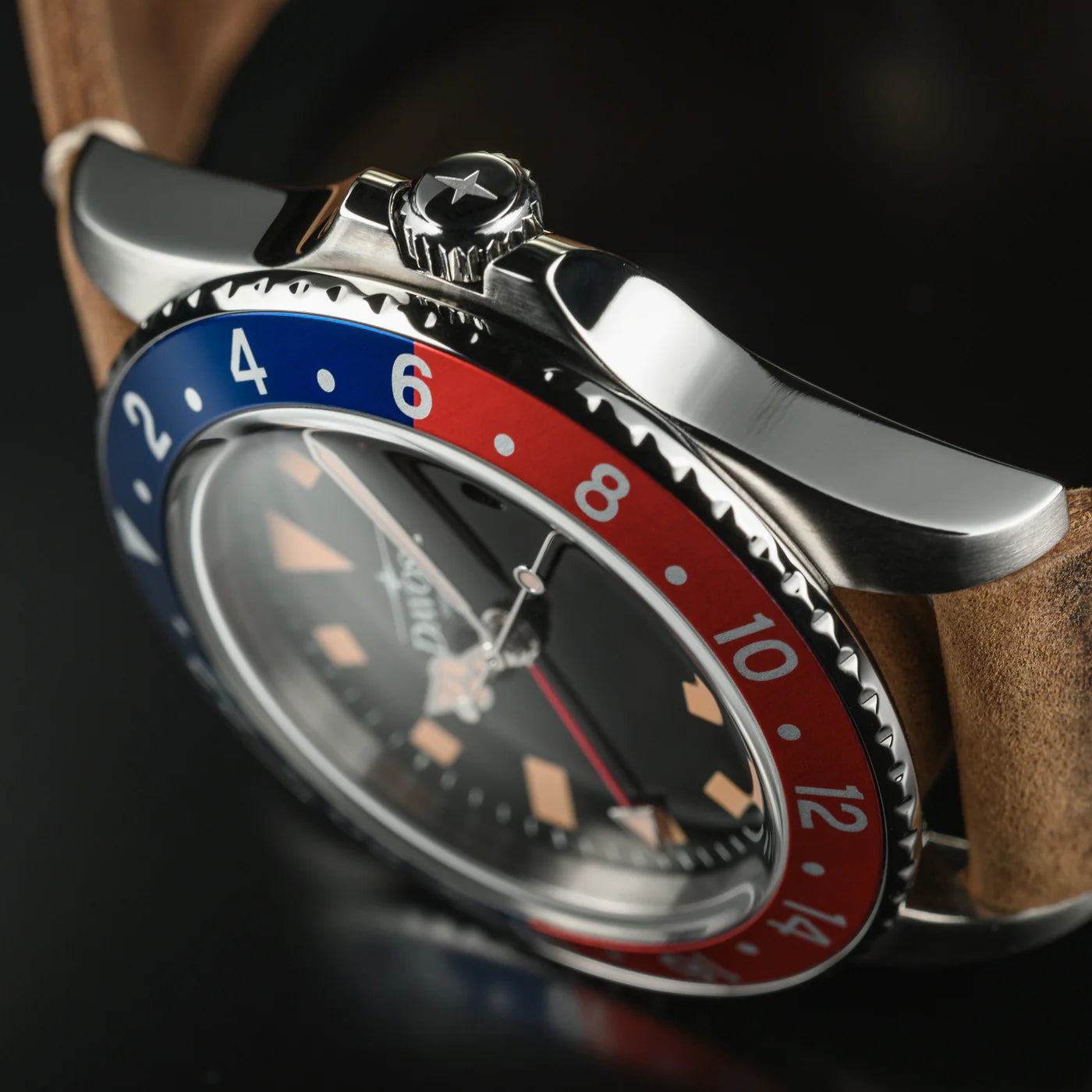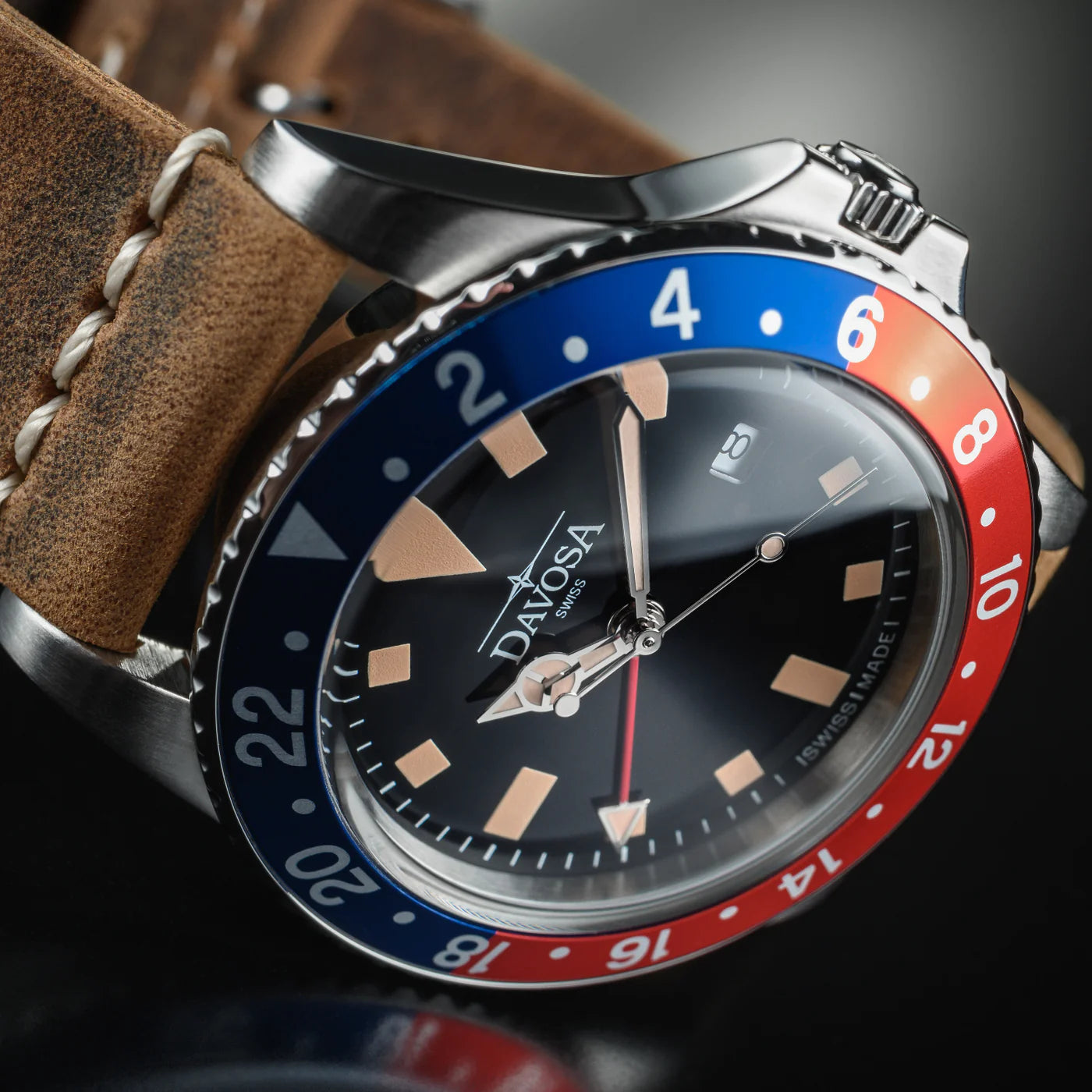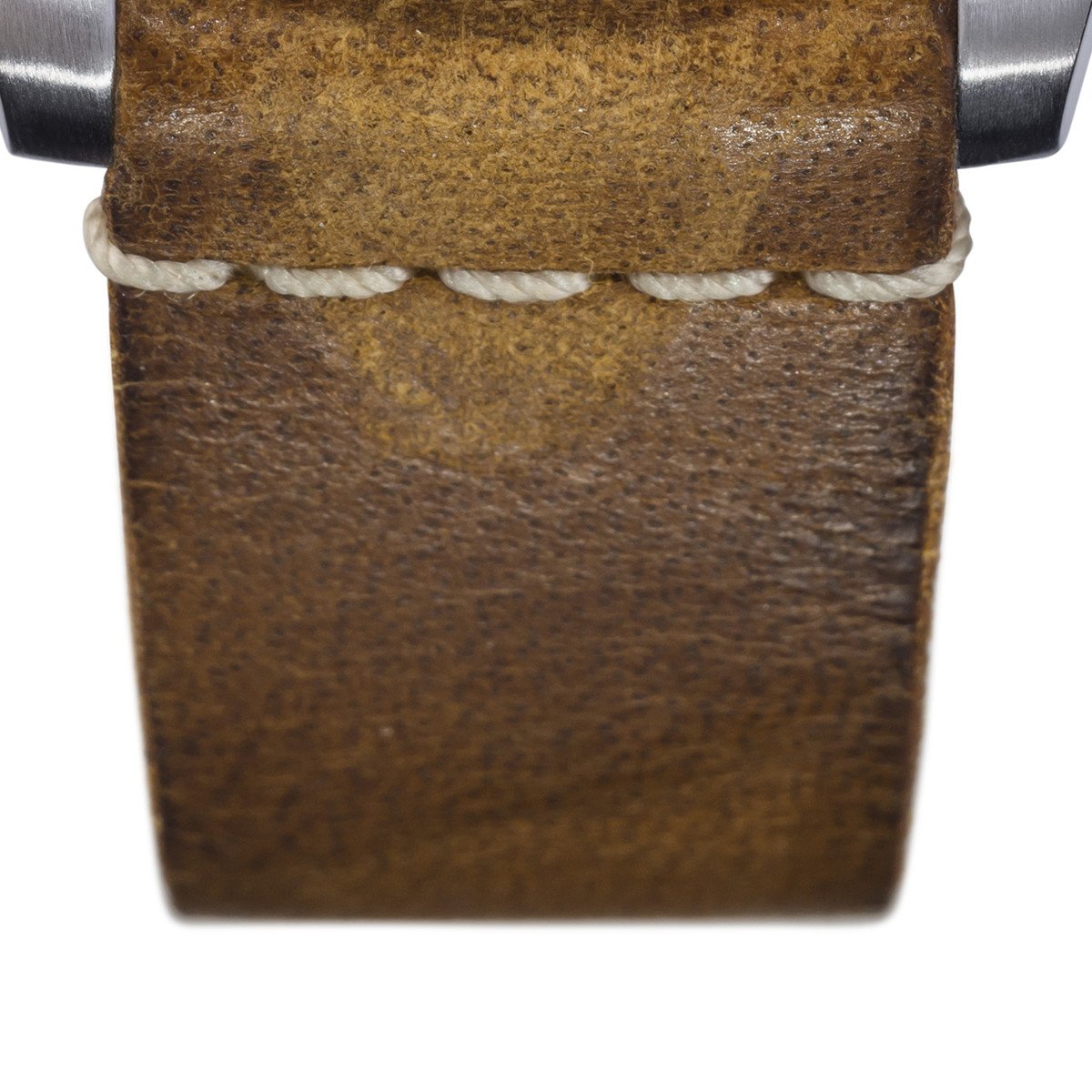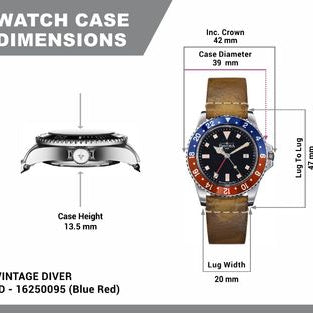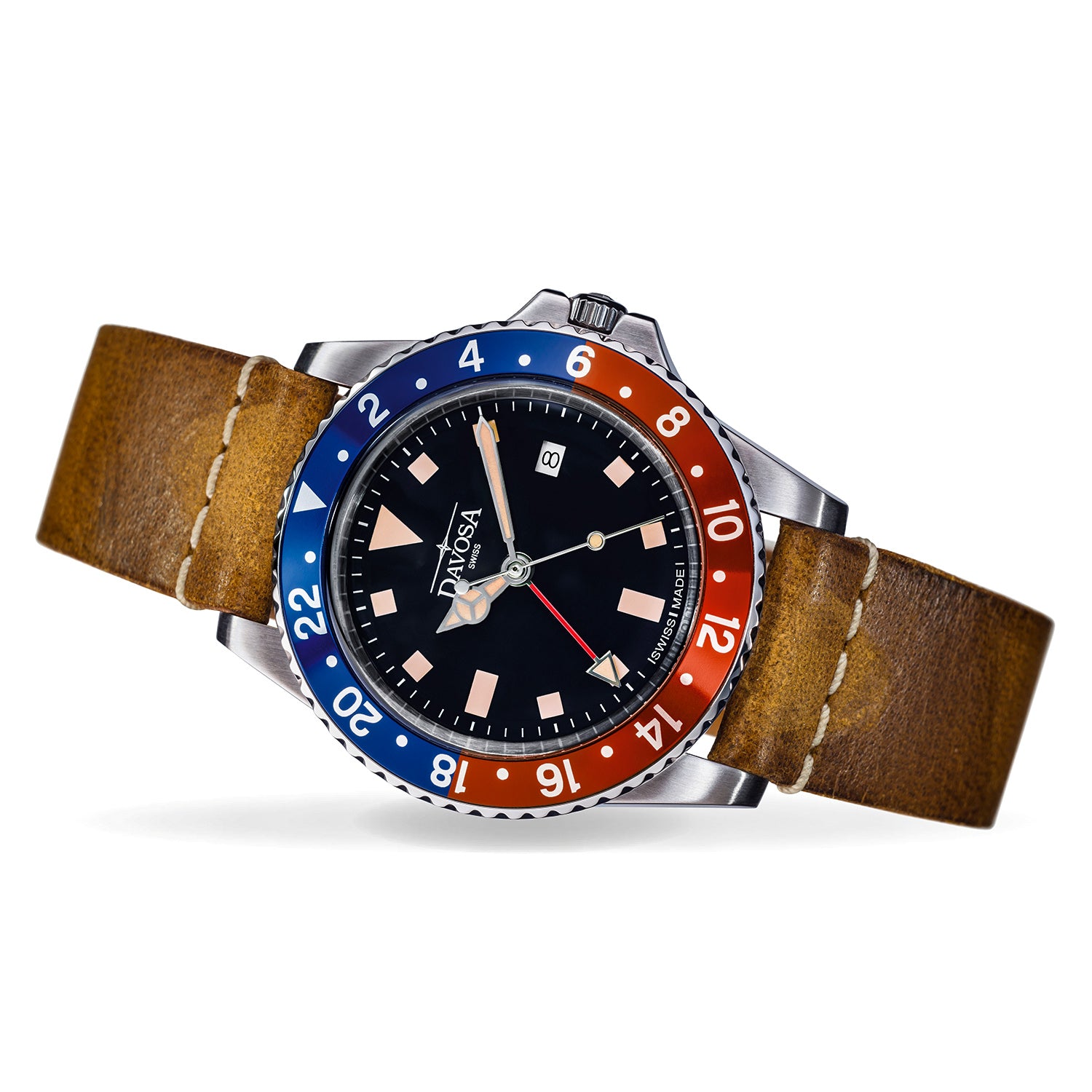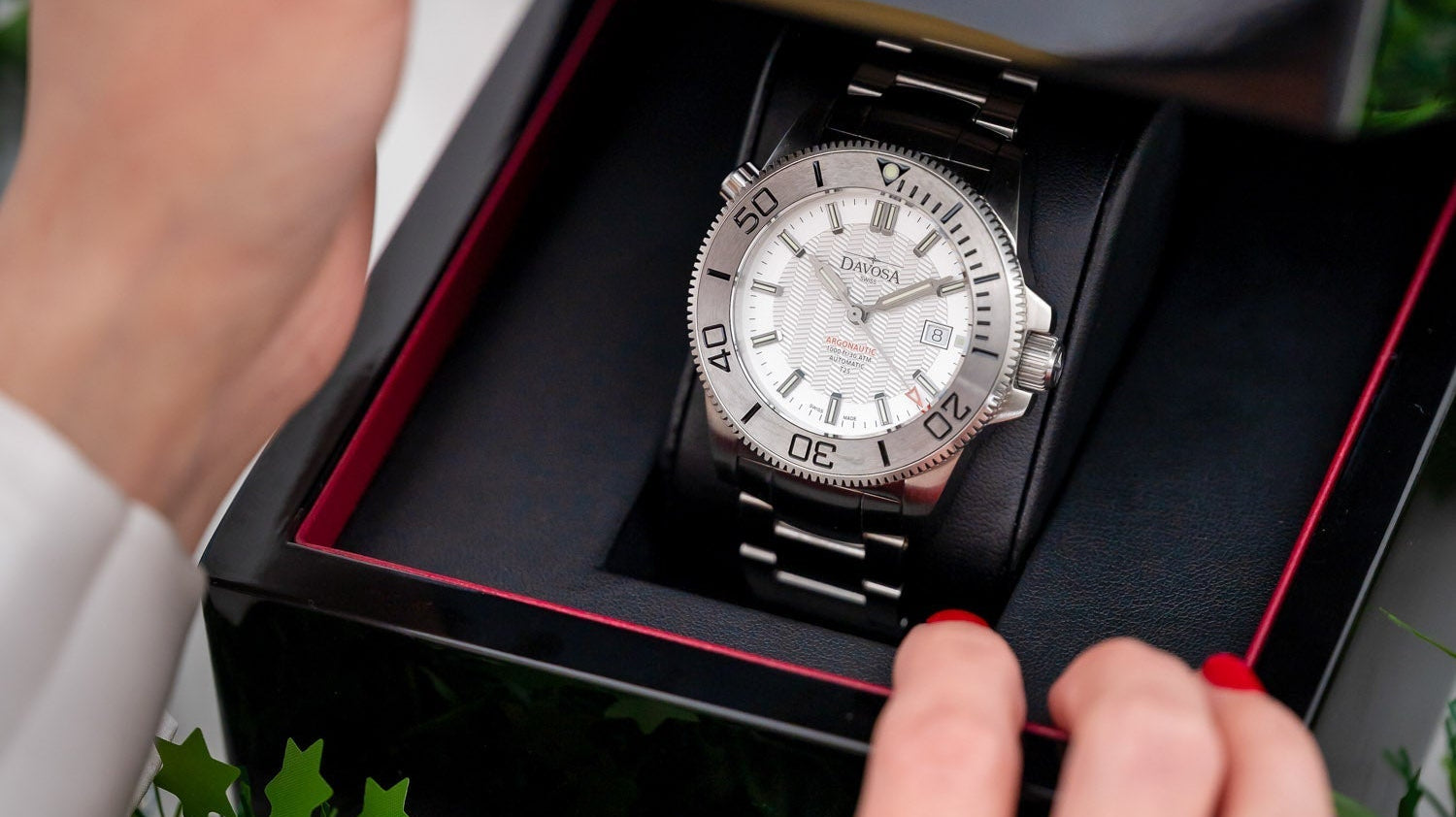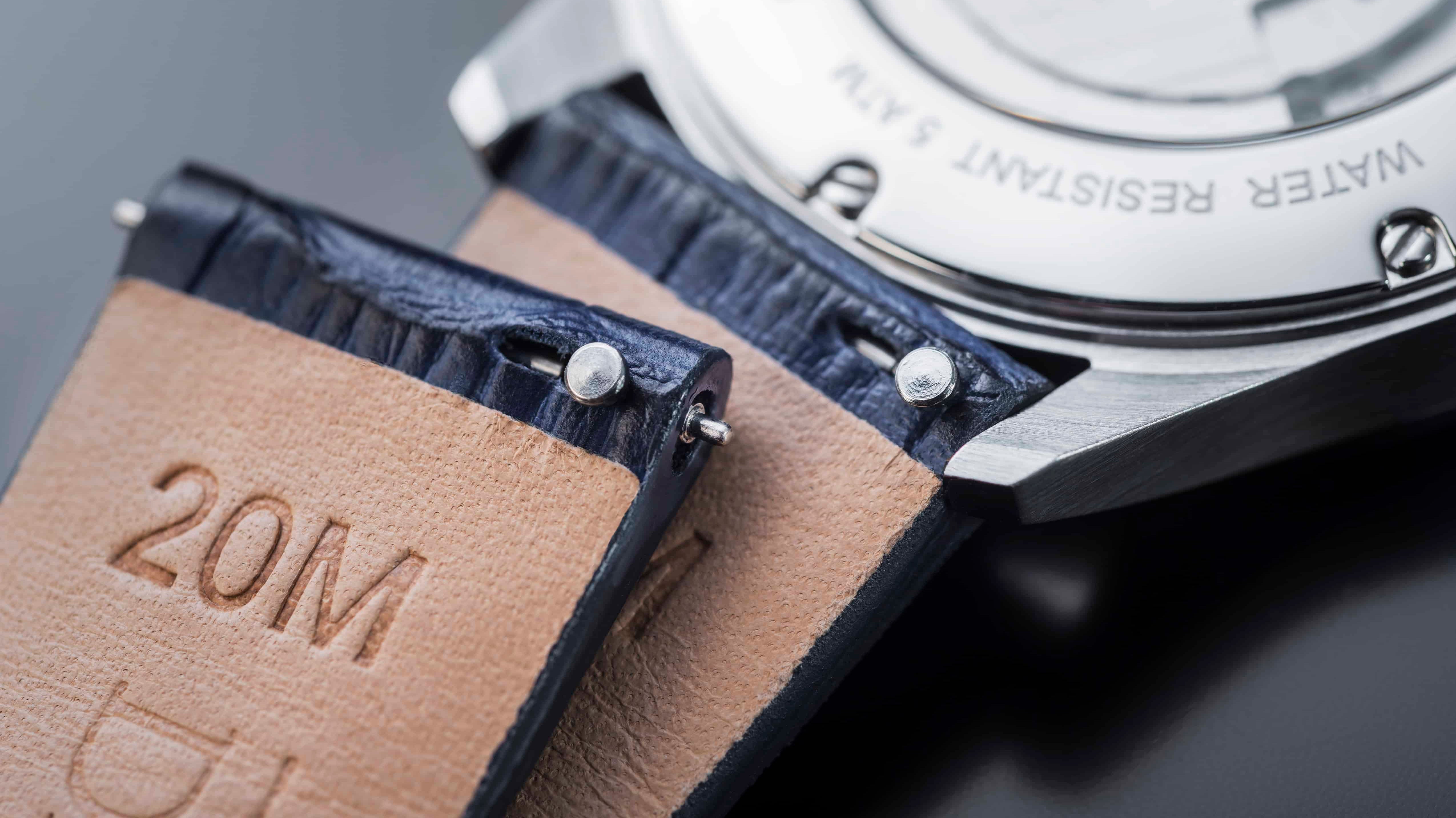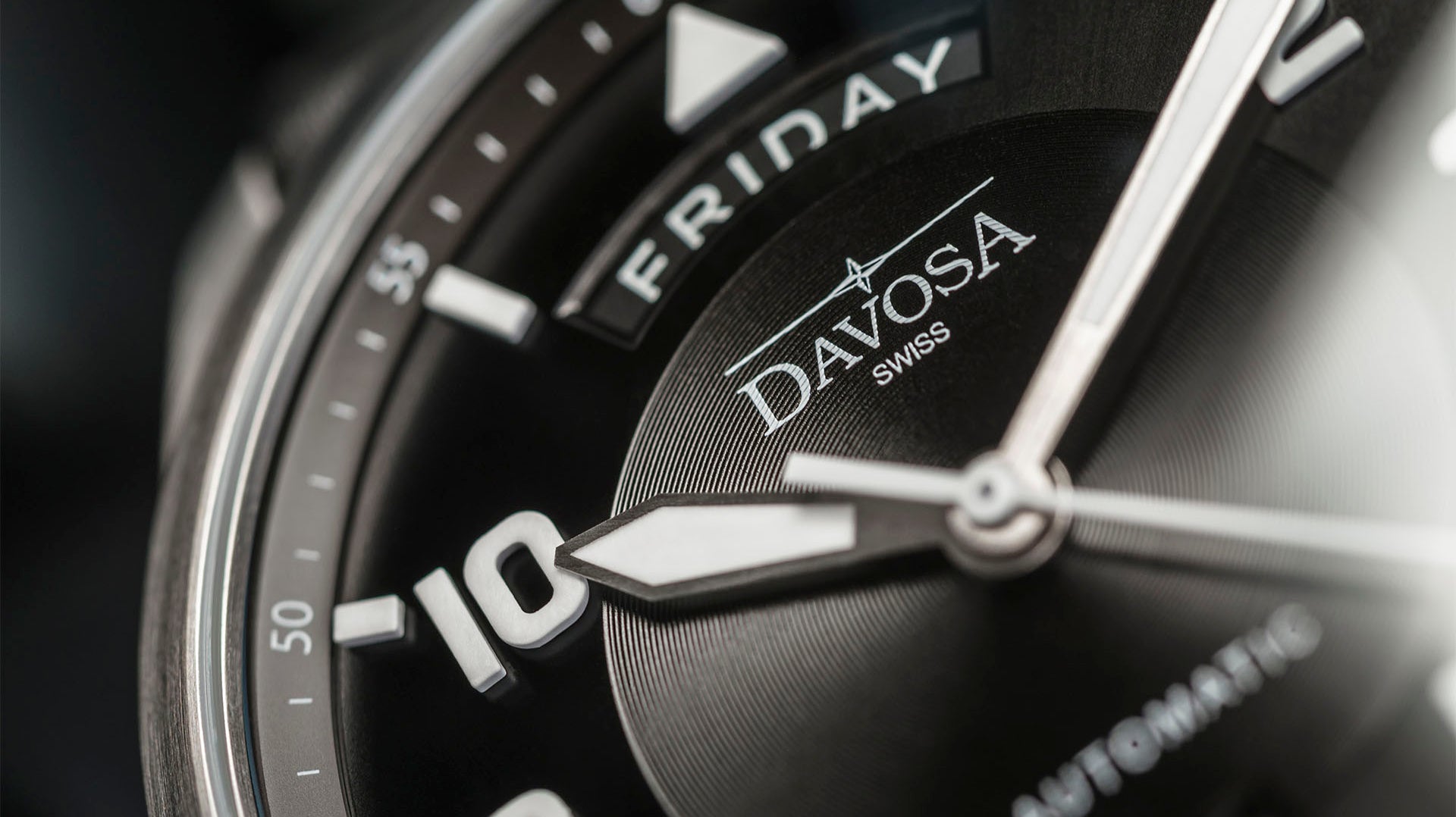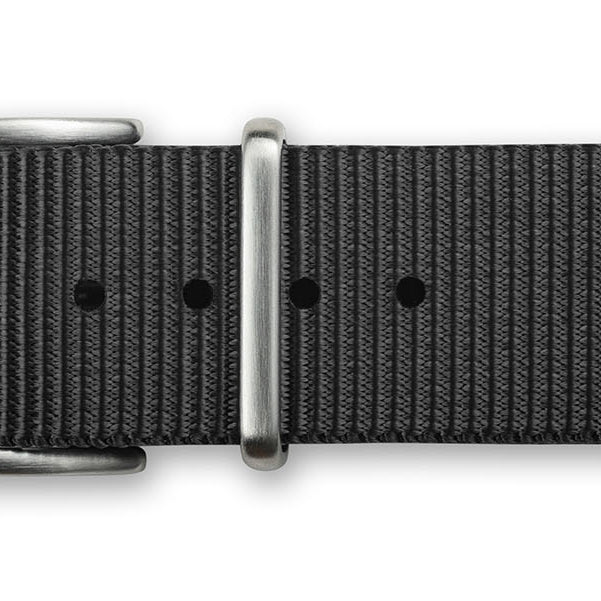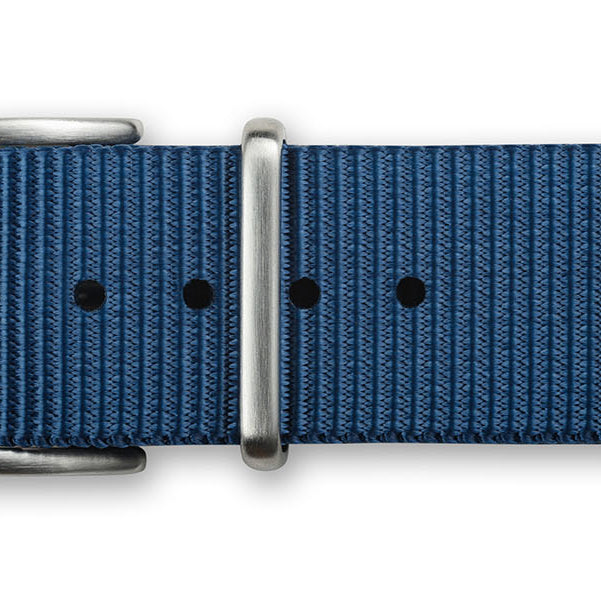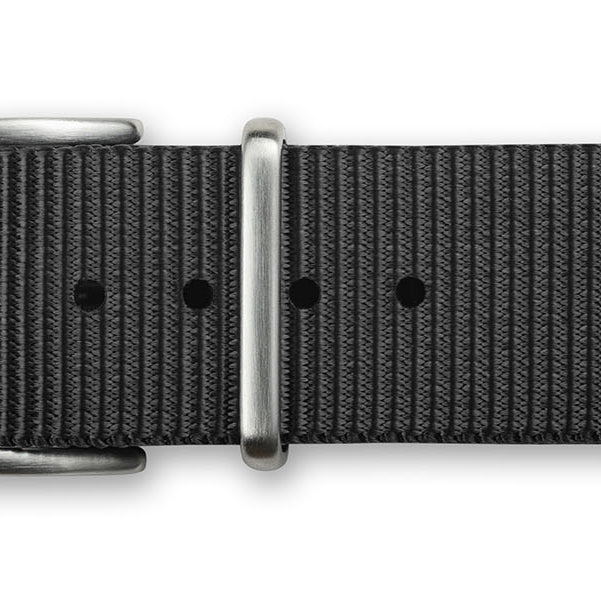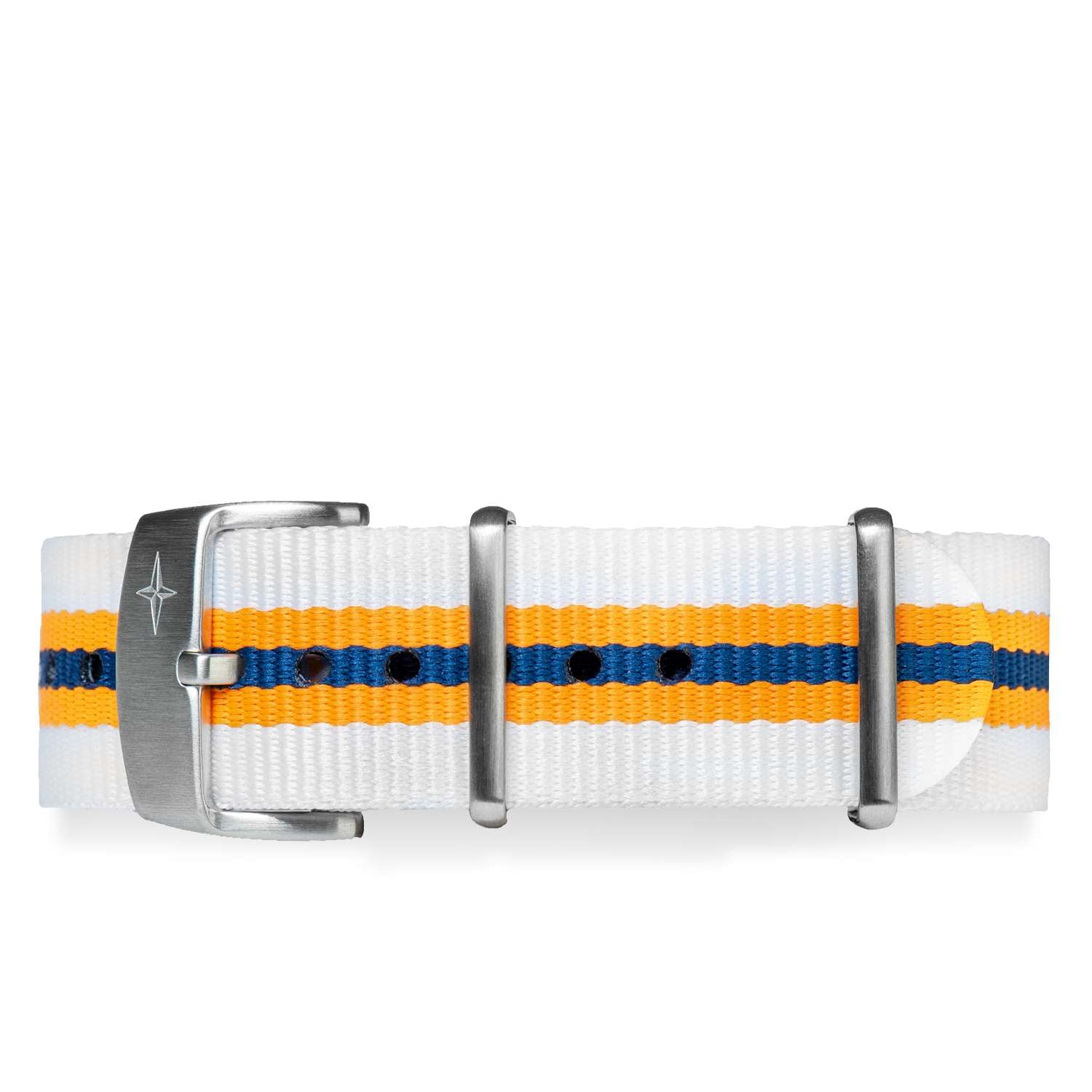February 25, 2022
Who is that watchmaking enthusiast who has never been excited to watch a tourbillon in operation? A mesmerizing mechanism, which reveals all the technological mastery of the watchmakers of history who invented and developed this fascinating, and between us, wonderfully useless, object of desire, mounted in the most exclusive modern luxury timepieces. So let's examine its history and functionality, going back together to the time of Monsieur Breguet!
What is a tourbillon watch?
The tourbillon was invented to improve the precision of pocket watches. Abraham Louis Breguet filed its first patent in 1800 - one of many filed by the brilliant watchmaker who, in addition to his technique and inventiveness, was famous for his intuition.
He had an uncanny ability to understand which discovery would have been important for the development of watchmaking, so much so that he "interpreted" and improved upon numerous innovations conceived by others, something that also happened with the tourbillon. Watch historians agree that the tourbillon was probably developed by Breguet following an intuition of John Arnold, one of the fathers of English watchmaking, with whom Breguet collaborated and developed a solid friendship.
In practice, the tourbillon is a system that rotates the balance and the escapement around its axis, which allowed to reduce the so-called "positional errors" that made pocket watches less accurate. It was a complex, rare, precious, and esoteric system, which even Breguet built in a small number (to date, only thirty-five have been traced), and which was rediscovered only in the 1900s.
The first modern Maison that mounted a tourbillon system in its watches was Omega, with a limited series of 12 pieces mounting the caliber 30 I, built to participate in a watchmaking competition in 1947, and was never proposed on a large scale beyond that special series.
The first company to produce a commercial tourbillon watch in the modern era was Audemars Piguet, with its caliber 2870. It was a rare and distinctive timepiece equipped with an automatic watch movement, only 2.5 mm thick, that mounted a very small tourbillon made of titanium in a case integrated with the caliber, anticipating the trend that would come in more recent times with ultra-thin watches such as the Piaget Altiplano. The 2870 was produced in 1986 and ushered in the tourbillon era.
What is special about tourbillon?
The modern reprise of the tourbillon is similar to what happened in the beginning of the 20th Century with chronograph watches: apart from some, who really needed their features, people wanted to buy them mainly because they looked extremely cool!
The reality is that tourbillon systems were designed to be very precise. By rotating the regulating system on its axis, the tourbillon makes it possible to reduce positioning errors in the mechanism. A running watch caliber performs differently depending on the position in which it is measured, so much so that chronometric specifications define a precise number of measurements taken in a precise number of positions (which are traditionally six depending on the placement of the watch: Dial-Up, Dial Down, Crown Up, Crown Down, Crown Left, and Crown Right).
A traditional pocket watch was primarily used in two positions: dial-up and crown-up (if it was not a savonnette). Rotating the regulating system by 360 degrees basically helped reduce positioning errors. The resulting error might seem small but at the time, it was significant, so much so that watches that mounted this system achieved better chronometric results than their competitors.
It is evident that many of the advantages of the tourbillon are lost by applying the same principle to a wristwatch. We move our wrist during the day, making the watch naturally change position and making this sophisticated system much less effective and needed.
Mechanical systems have been rendered obsolate by technology - today, quartz watches are much more precise than tourbillon-based ones. But undoubtedly, the charm of the mechanical watch, and the tourbillon-based one, slowly whirring in its cage, remains unchanged even today.
Types of tourbillon
Apart from the first tourbillon developed by Breguet, several other watchmakers worked on this concept, developing other systems over the years.
One of the most diffused is the so-called carousel, designed in 1892 by a Danish watchmaker, Bahne Bonniksen, who modified the tourbillon making it more robust. The main difference between the two systems is that the tourbillon does not need another gear to rotate and usually has an eccentric motion in its cage. The carousel instead is driven by the fourth wheel and generally rotates on its axis.
Double-axis tourbillon
As we've seen, a traditional tourbillon rotates 360 degrees during its operation to zero out some positioning errors. So, some watchmakers have tried their hand at building a tourbillon that also rotates on the vertical axis, making the mechanism much more complicated, but preventing this shortcoming of the standard tourbillon. The first two-axis tourbillon was patented by Anthony Randall in 1977 and built by Richard Good the following year. Since then, there has been a race to develop so many tourbillon-based systems that seems there is no end in sight.
Double and quadruple tourbillons
Several Maisons, to show their technical mastery, have invented watches with pairs of tourbillons. The designs are so complex to result in impressive haute horlogerie timepieces such as the Tourbillon de Tourbillons, created by Antoine Preziuso, which mounts a group of three tourbillons that are mounted on a rotating mobile plate, practically forming a fourth tourbillon.
Triple-axis tourbillon
The triple-axis tourbillon is a particular type of tourbillon first created by Thomas Prescher in 2004. This system allows the tourbillon cage to rotate fully on all axes to eliminate positioning errors completely and was later developed by other watchmakers, including Girard Perregaux and Jaeger LeCoultre.
Flying tourbillon
The standard tourbillon is mounted in a cage secured on both ends by the main plate and bridge. The flying tourbillon, as its name implies, is instead attached on the main plate, while the other end remains free - i.e., flying. This technique of creating a tourbillon was developed in 1920 by Alfred Helwig, a watchmaker working at the German Watchmaking School located in Glashutte.
"Tourbillon-style"
The main attractiveness of the tourbillon undoubtedly lies in watching its slowly rotating movement. So much so that there are watches that use the tourbillon as it was a second hand.
For these reasons, the tourbillon is often displayed on the dial through a shaped window known as an "open heart." This solution took hold in the 1990s, becoming very popular over time precisely because of the possibility of seeing the system in motion even from the side of the dial.
To evoke the visual experience of a tourbillon, some companies have decided to use this solution to show the movement of a regular balance wheel, costing much less than an actual tourbillon. Some companies call this solution "tourbillon experience" or "tourbillon style" and play on the words to suggest that there is a tourbillon in these watches (which is not the case).
Tourbillon watch price
The price of watches equipped with a tourbillon - a feature that on its own sometimes "weighs" a hundred more elements in the construction of a timepiece - is exceptionally high, and sometimes, way too high compared to its performance. The reason is that traditionally, the presence of a tourbillon places the timepiece at the level of the great complications of luxury watchmaking, and therefore, naturally determines a positioning on a very high market niche.
However, it must also be said that the evolution of the market and the progressive automation in production has significantly lowered the price of watches equipped with a tourbillon system . Such timepieces start at around $ 10,000 for Swiss-made watches, to drop to less than $ 1,000 for some calibers of Chinese production, which, however, still suffer from a noteworthy bias in quality level.
However, the average price of this fascinating complication seems destined to become more and more affordable, to the great joy of the public who can now afford a complication, such as the tourbillon, which only yesterday was absolutely out of reach for most enthusiasts.
How much does a tourbillon watch cost?
With the progressive industrialization of the watchmaking sector, the price of watches equipped with a tourbillon has also gradually dropped to reach levels never seen before. Chinese manufacturers are the most aggressive, proposing tourbillon-based calibers starting from a few hundred dollars to rise to a few thousand for the most popular manufacturers.
On the contrary, Swiss manufacturers prices start definitely higher, from a dozen thousand dollars. In contrast, apart from a few exceptions, Japanese manufacturers do not seem particularly interested in adding tourbillon watches to their lineup and prefer to concentrate on other innovative regulation solutions - such as Grand Seiko, which uses the Spring Drive system.
It is, however, confirmed that over the years, there has been a progressive decrease in tourbillon prices, which contrasts with the average cost of high-end watches. This shows us that the tourbillon was, and still is, a very unusual complication and probably, was sold above its real value by many brands. But it is so exclusive, and appeals so much to every watch lover that when you start a watch collection, you would probably love to own one.
Why is tourbillon movement so expensive?
As is the case with the rest of mechanical watchmaking, the cost of a watch is directly related to the complications mounted within it and the number of pieces they involve. For example, only the mechanism of a tourbillon - which, let's not forget, is about the size of a small fingernail - can reach 100 elements against the ten or so of a traditional balance wheel system. When you ask yourself why watches are so expensive, try to remember this fact: more parts, more work to design them and assemble them together.
And as we were saying, the tourbillon, since when it was re-introduced in watchmaking around the Eighties, has always represented a luxury system that put more prestige in an already luxury object. Therefore companies sold it at an appropriate price to communicate the value and rarity of the thing itself. That probably was higher than its actual value from a strictly technical point of view.
How can you tell if a tourbillon is real?
Once you know what to look for, distinguishing between different watch movement types is easy, and this principle applies to tourbillons as well, as it is straightforward to understand if the system we observe is an actual tourbillon or carousel or just an open-heart timepiece.
A normal balance oscillates, while a tourbillon rotates on itself in addition to oscillating. Therefore, it is sufficient to examine the movement of the balance system: if it appears larger and complex in shape, more than usual balance wheels, and once in operation, it rotates on itself, it is a tourbillon. On the other hand, if the balance appears visually more uncomplicated and merely oscillates, it is a "simple" open-heart movement.
Tourbillon vs. automatic watch movement - main differences
Tourbillons and and automatic watches are not alternative systems, meaning that they are two completely different mechanisms that can coexist in the same watch. The tourbillon is a regulating system, that is, the one that makes the watch mark time precisely, while the automatic movement is related to power charge, that is, the one that serves to ensure the winding of the watch.
There can be tourbillons with manual winding and automatic tourbillon watches - the two systems are completely separate and do not influence each other in any way. This also means that the automatic watch duration/lifespan does not depend on the presence of a tourbillon: from all tests, a tourbillon regulation system does not absorb significantly more power than a traditional balance wheel, so the watch's overall autonomy is only minimally affected.
Main takeaways
The tourbillon is an exhibition of superfine horological technique. In wristwatches, it has always represented an aspect of distinction rather than a genuine technical improvement to enhance the precision of the timepiece, and this is demonstrated by its aesthetic appeal that is widely used: today, manufacturers of watches that mount a tourbillon exhibit it through the dial, while they could very well mount it traditionally, as was the case in the Omega 30I.
So, the watch enthusiast buys a watch with a tourbillon mainly because he likes to gaze at the motion, slow and hypnotic, that it makes in its housing. As beautiful as it is superfluous, and for that very reason, intimately precious.
The Davosa-USA.com website is NOT affiliated in any way with Audemars Piguet, Franck Muller USA, Inc. Richard Mille or Richemont Companies, Seiko, or any other brand which is not Davosa Swiss. Rolex is a registered trademark of Rolex USA. Davosa-USA website is not an authorized dealer, reseller, or distributor for Rolex and is in NO WAY affiliated with Rolex SA or Rolex USA or any other brand besides Davosa Swiss. |

